Can You Master ITIL® 4 Foundation in Just 2 Weeks with ScholarAcad?
- Thu 23, Oct 2025
Are you a project manager looking to take your skills to the next level? Look no further than PRINCE2 Agile learning. With its unique combination of traditional project management (PRINCE2) and agile methodologies, PRINCE2 Agile offers a comprehensive framework for managing projects of all sizes and complexities.
Why settle for one approach when you can have the best of both worlds? PRINCE2 Agile equips you with the tools and techniques to successfully navigate the fast-paced, ever-changing landscape of project management. From planning and delivery to risk management and stakeholder engagement, this powerful methodology ensures that you have a holistic understanding of project management and the flexibility to adapt to changing circumstances.
Whether you are a seasoned project manager or just starting your career, investing in PRINCE2 Agile learning is a smart move. Not only will it enhance your marketability and employability, but it will also enable you to deliver projects more efficiently and effectively. So why wait? Take your project management skills to the next level with PRINCE2 Agile learning.
PRINCE2 Agile offers numerous benefits for project managers. Firstly, it combines the best practices of both PRINCE2 and agile methodologies, providing a comprehensive and adaptable framework for managing projects. This unique combination allows project managers to benefit from the structure and governance of PRINCE2, while also leveraging the flexibility and adaptability of agile.
Secondly, PRINCE2 Agile enhances collaboration and stakeholder engagement. By incorporating agile principles, PRINCE2 Agile encourages frequent feedback and involvement from stakeholders throughout the project lifecycle. This ensures that project deliverables meet the needs and expectations of all stakeholders, resulting in increased satisfaction and successful project outcomes.
Lastly, PRINCE2 Agile promotes efficient and effective project delivery. By breaking down projects into manageable stages and incorporating agile techniques such as iterative development and continuous improvement, PRINCE2 Agile enables project managers to deliver value incrementally and respond quickly to changes and challenges. This not only improves project outcomes but also reduces the risk of project failure.
In summary, PRINCE2 Agile offers a range of benefits for project managers, including a comprehensive framework, enhanced collaboration, and efficient project delivery.
The PRINCE2 Agile framework combines the principles, themes, and processes of PRINCE2 with the agile concepts and techniques. This integration allows project managers to effectively manage projects in a way that is both structured and flexible.
At its core, the PRINCE2 Agile framework consists of two levels: the Foundation level, the Practitioner level. Each level builds upon the previous one, providing project managers with an increasingly comprehensive understanding of PRINCE2 Agile.
The Foundation level introduces project managers to the basic concepts and terminology of PRINCE2 Agile. It covers the key principles, themes, and processes, as well as the roles and responsibilities within the framework. This level is suitable for project managers who are new to PRINCE2 Agile or those who want to refresh their knowledge.
The Practitioner level is designed for project managers who want to apply PRINCE2 Agile in real-world projects. It focuses on the practical application of the framework, including tailoring PRINCE2 Agile to suit specific project contexts. This level requires a deeper understanding of the principles, themes, and processes, as well as the ability to apply them to complex project scenarios.
The Professional level is for project managers who want to demonstrate their expertise in PRINCE2 Agile. It requires a high level of knowledge and understanding of the framework, as well as the ability to effectively apply it in different project environments. This level is suitable for project managers who want to advance their career and take on more challenging and strategic projects.
In conclusion, the PRINCE2 Agile framework consists of two levels: Foundation, Practitioner. Each level builds upon the previous one, providing project managers with a comprehensive understanding of PRINCE2 Agile and the ability to apply it in real-world projects.
PRINCE2 Agile provides project managers with a comprehensive framework for managing projects in a way that is both structured and flexible. However, applying PRINCE2 Agile in real-world projects requires a deep understanding of the framework and the ability to tailor it to suit specific project contexts. Here are some key steps to effectively apply PRINCE2 Agile in real-world projects.
1. Understand the project context: Before applying PRINCE2 Agile, project managers need to understand the specific requirements and constraints of the project. This includes understanding the project objectives, the stakeholders involved, and the external factors that may impact the project. By understanding the project context, project managers can tailor PRINCE2 Agile to suit the specific needs of the project.
2. Define the project governance: PRINCE2 Agile provides a robust governance framework that ensures projects are managed effectively and efficiently. Project managers need to define the roles and responsibilities within the project, establish decision-making processes, and ensure that projects are aligned with strategic objectives. By defining the project governance, project managers can provide clear direction and guidance to the project team.
3. Plan iteratively and collaboratively: PRINCE2 Agile promotes a collaborative and iterative approach to planning. Project managers need to involve stakeholders in the planning process and create plans that are flexible and adaptable. By breaking down projects into manageable stages and iterations, project managers can respond quickly to changes and uncertainties, while still maintaining a clear vision and direction.
4. Monitor and control the project: PRINCE2 Agile provides project managers with the tools and techniques to effectively monitor and control projects. Project managers need to regularly review project progress, gather feedback from stakeholders, and make informed decisions based on the information available. By adopting agile concepts such as retrospectives and burn charts, project managers can track progress and address issues in a timely manner.
5. Manage risks proactively: PRINCE2 Agile incorporates risk management throughout the project lifecycle. Project managers need to identify and assess risks early on, and develop strategies for mitigating and responding to them. By embracing agile principles such as incremental delivery and continuous improvement, project managers can manage risks proactively and effectively.
6. Deliver value incrementally: PRINCE2 Agile emphasizes the importance of delivering value incrementally. Project managers need to break down projects into manageable stages and iterations, and deliver working products and outcomes at regular intervals. By delivering value incrementally, project managers can demonstrate progress to stakeholders and ensure that project deliverables meet their needs and expectations.
In summary, applying PRINCE2 Agile in real-world projects requires a deep understanding of the framework and the ability to tailor it to suit specific project contexts. By understanding the project context, defining the project governance, planning iteratively and collaboratively, monitoring and controlling the project, managing risks proactively, and delivering value incrementally, project managers can effectively apply PRINCE2 Agile and achieve successful project outcomes.
PRINCE2 Agile provides project managers with a range of tools and techniques to effectively manage projects. These tools and techniques are designed to help project managers navigate the fast-paced, ever-changing landscape of project management and deliver successful project outcomes. Here are some key PRINCE2 Agile tools and techniques.
1. Scrum: Scrum is an agile framework that focuses on iterative development and self-organizing teams. PRINCE2 Agile incorporates Scrum as a key tool for managing projects. Scrum provides project managers with a set of roles, events, and artifacts that enable effective collaboration and delivery. By adopting Scrum, project managers can break down projects into manageable iterations and deliver value incrementally.
2. Kanban: Kanban is a visual management tool that helps project managers track and manage work in progress. PRINCE2 Agile incorporates Kanban as a key tool for managing projects. Kanban provides project managers with a visual representation of project tasks, allowing them to prioritize and allocate resources effectively. By adopting Kanban, project managers can improve transparency, reduce bottlenecks, and deliver projects more efficiently.
3. Lean Startup: Lean Startup is an agile methodology that focuses on rapid experimentation and validated learning. PRINCE2 Agile incorporates Lean Startup as a key tool for managing projects. Lean Startup provides project managers with a set of principles and practices that enable them to test and validate project assumptions early on. By adopting Lean Startup, project managers can reduce the risk of project failure and increase the chances of success.
4. User Stories: User Stories are a technique for capturing user requirements in a concise and structured manner. PRINCE2 Agile incorporates User Stories as a key tool for managing projects. User Stories provide project managers with a clear understanding of what the end users need and expect from the project. By adopting User Stories, project managers can ensure that project deliverables meet the needs and expectations of stakeholders.
5. Retrospectives: Retrospectives are a technique for reflecting on project performance and identifying areas for improvement. PRINCE2 Agile incorporates Retrospectives as a key tool for managing projects. Retrospectives provide project managers with a structured approach to gather feedback from stakeholders and make informed decisions based on
PRINCE2 Agile has been successfully implemented in various industries and organizations, leading to improved project outcomes and increased stakeholder satisfaction. Let's take a look at some inspiring case studies and success stories that demonstrate the power of PRINCE2 Agile in action.
One case study involves a software development company that was struggling to meet customer expectations and deliver projects on time. By adopting PRINCE2 Agile, the company was able to combine the structure and control of PRINCE2 with the flexibility and adaptability of agile methodologies. As a result, they experienced shorter development cycles, improved collaboration between teams, and a significant reduction in project delays and failures.
Another success story comes from a construction firm that implemented PRINCE2 Agile to manage a large-scale infrastructure project. By incorporating agile practices into their project management approach, they were able to respond quickly to unforeseen challenges, make informed decisions, and deliver the project within budget and ahead of schedule. This not only delighted their clients but also improved their reputation in the industry.
These case studies and success stories demonstrate the real-world benefits of PRINCE2 Agile. By leveraging the strengths of both traditional project management and agile methodologies, organizations can achieve better project outcomes, increased customer satisfaction, and improved overall project performance.
Now that you're convinced about the value of PRINCE2 Agile, it's time to explore the various training and learning resources available to help you master this powerful methodology.
1. Official PRINCE2 Agile Training Courses: The official PRINCE2 Agile training courses offer a comprehensive and structured approach to learning PRINCE2 Agile. These courses are delivered by certified trainers who have extensive experience in project management and agile methodologies. By attending these courses, you will gain a deep understanding of PRINCE2 Agile principles, practices, and techniques, and be equipped with the knowledge and skills to apply them in real-world project scenarios.
2. Self-study Resources: If you prefer a self-paced learning approach, there are plenty of self-study resources available, including books, online tutorials, and practice exams. These resources provide a flexible learning experience, allowing you to study at your own pace and revisit concepts as needed. Some recommended resources include "PRINCE2 Agile: An Implementation Pocket Guide" by Jamie Lynn Cooke and the official PRINCE2 Agile manual.
3. Online Training Platforms: Online training platforms offer a convenient and cost-effective way to learn PRINCE2 Agile. These platforms provide a variety of learning materials, including video lectures, interactive quizzes, and practical exercises. Some popular online training platforms that offer PRINCE2 Agile courses include Udemy, LinkedIn Learning, and ProjectManagement.com. By enrolling in these courses, you can learn at your own pace and access the content from anywhere, making it ideal for busy professionals.
In conclusion, PRINCE2 Agile learning is a game-changer for project managers who want to take their skills to the next level. By combining the best practices of traditional project management with the flexibility of agile methodologies, PRINCE2 Agile equips you with the tools and knowledge to successfully manage projects in today's fast-paced and dynamic business environment.
Investing in PRINCE2 Agile learning not only enhances your marketability and employability but also enables you to deliver projects more efficiently and effectively. So why wait? Take the leap and elevate your project management career with PRINCE2 Agile. The opportunities are endless, and the rewards are well worth it.
Remember, success in project management requires continuous learning and adaptation. PRINCE2 Agile provides you with the framework and mindset to stay ahead of the curve and excel in your field. Start your PRINCE2 Agile journey today and discover the transformative power of this powerful methodology. Good luck!



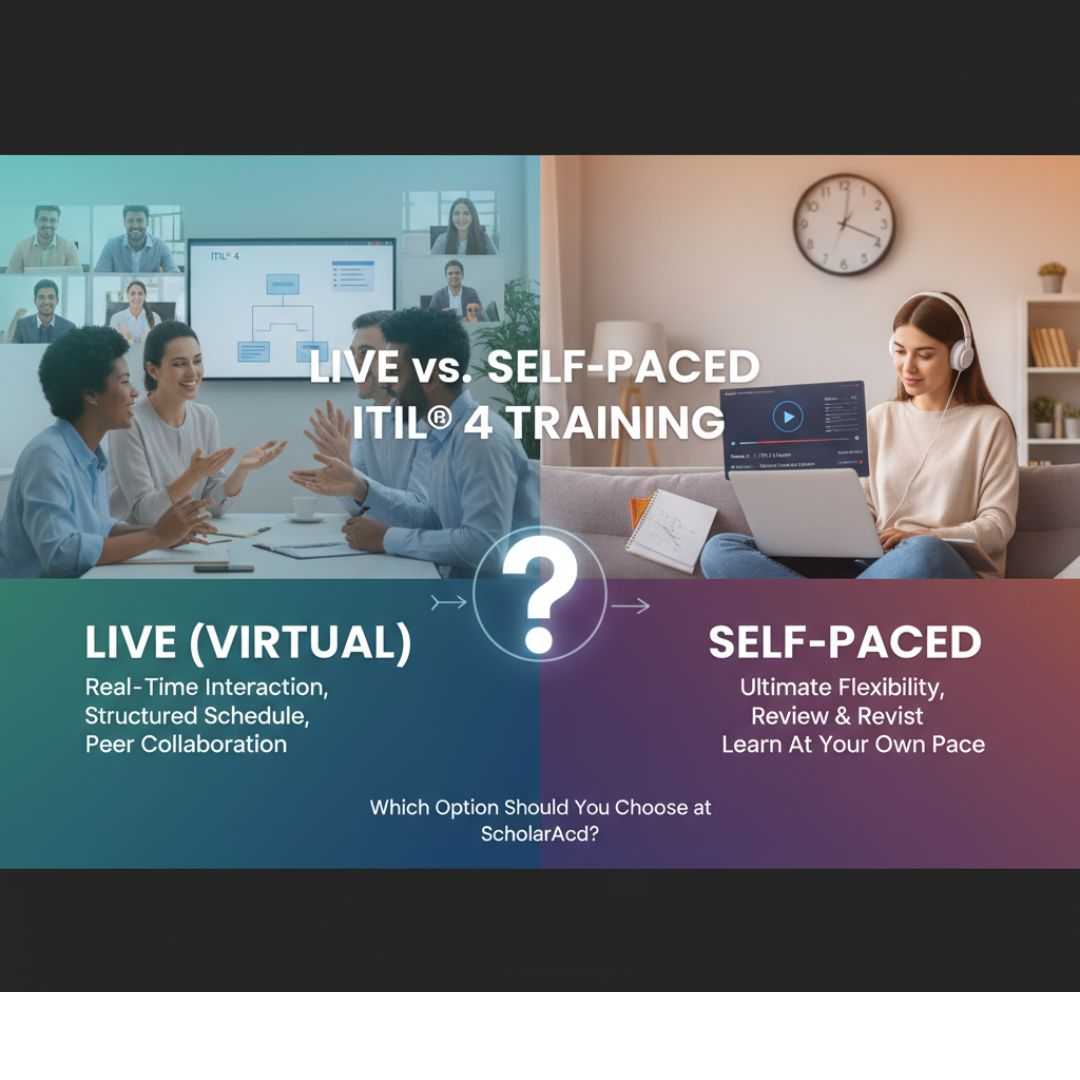

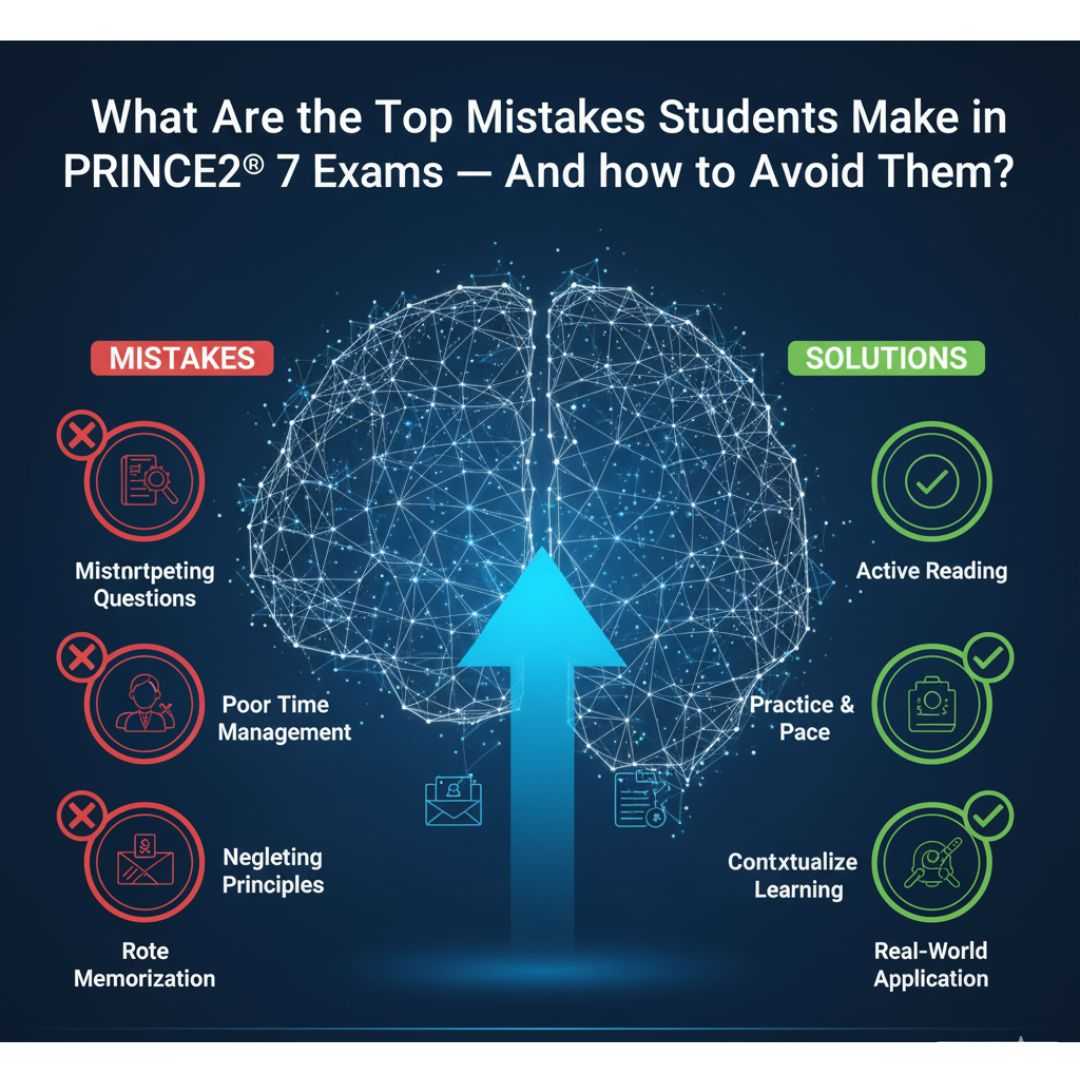




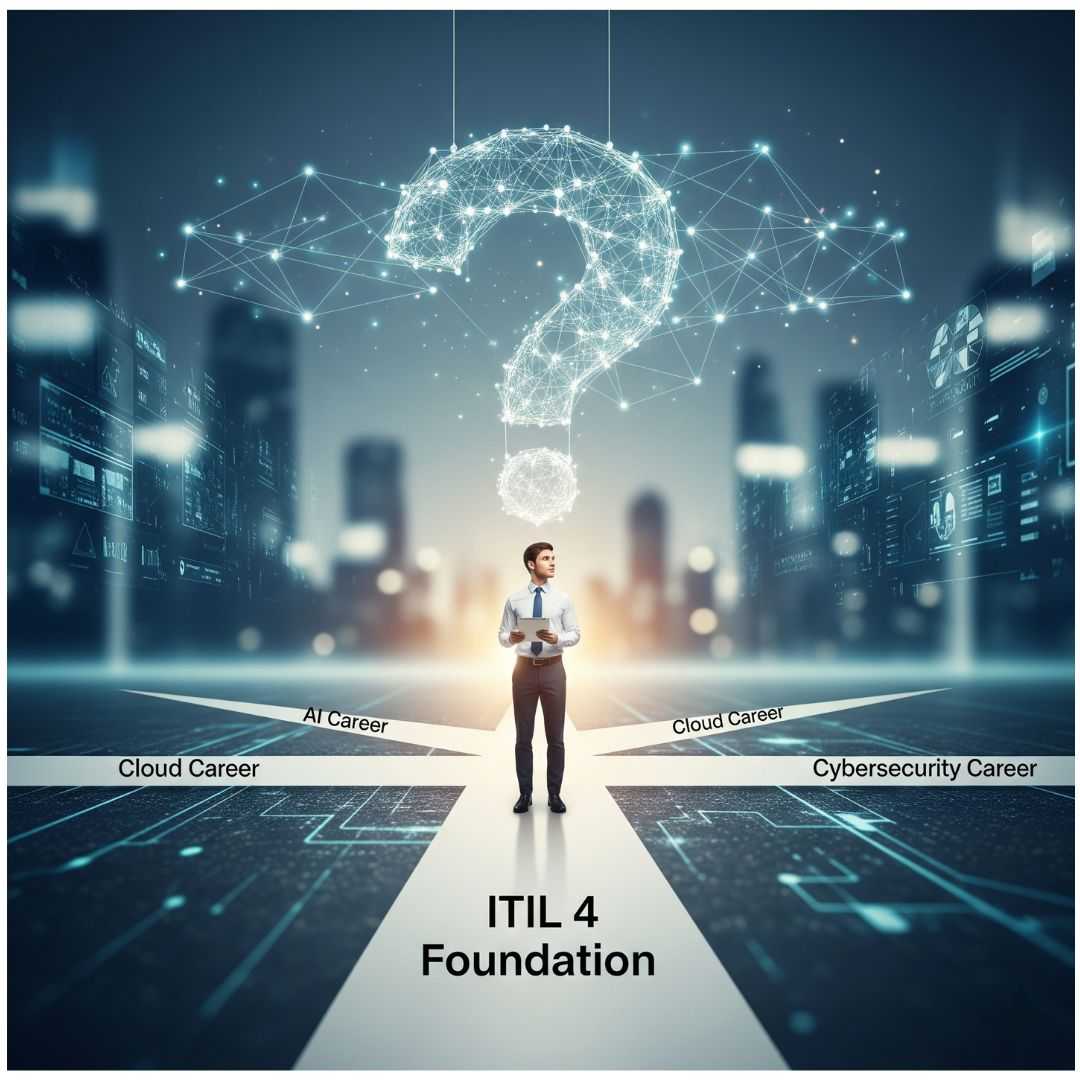

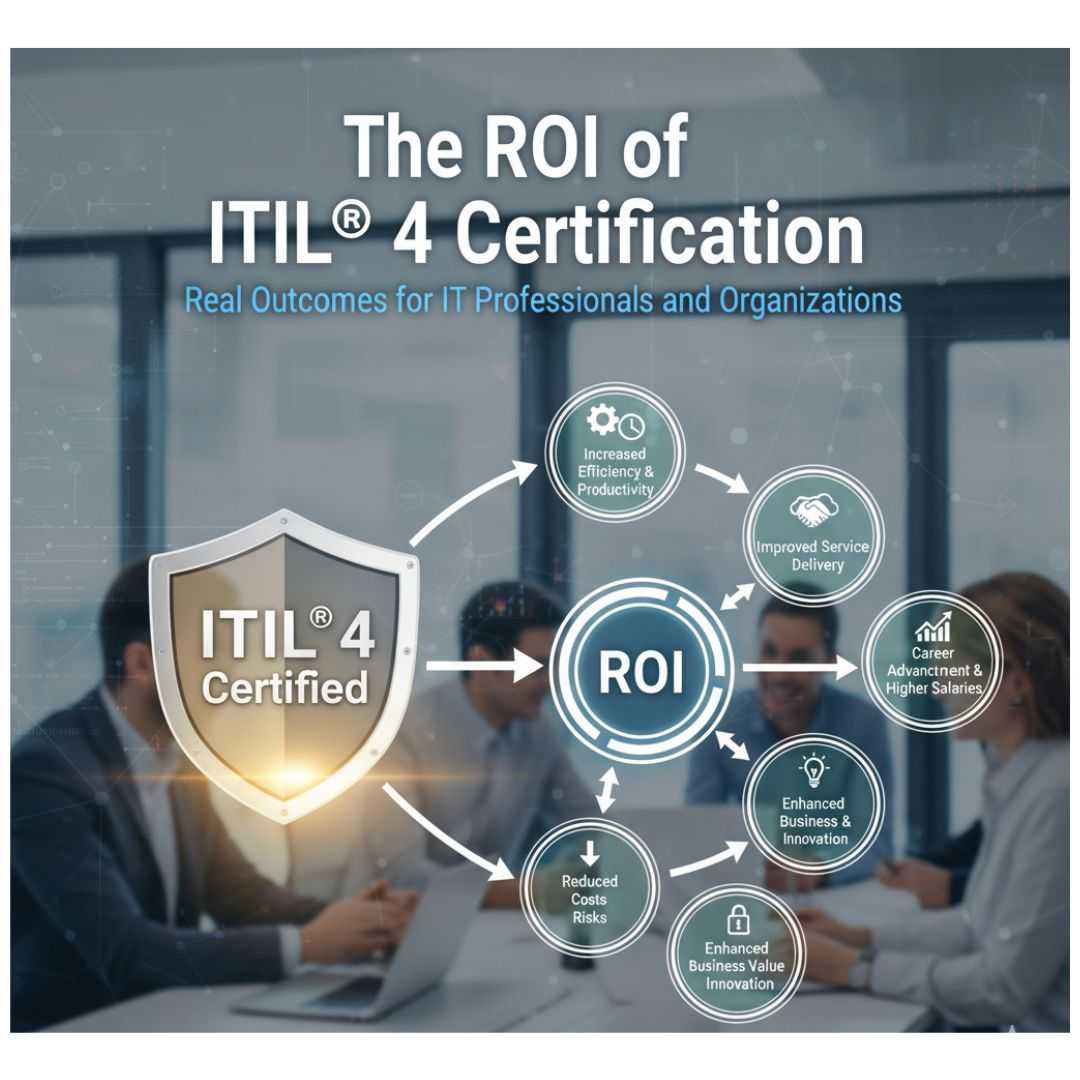





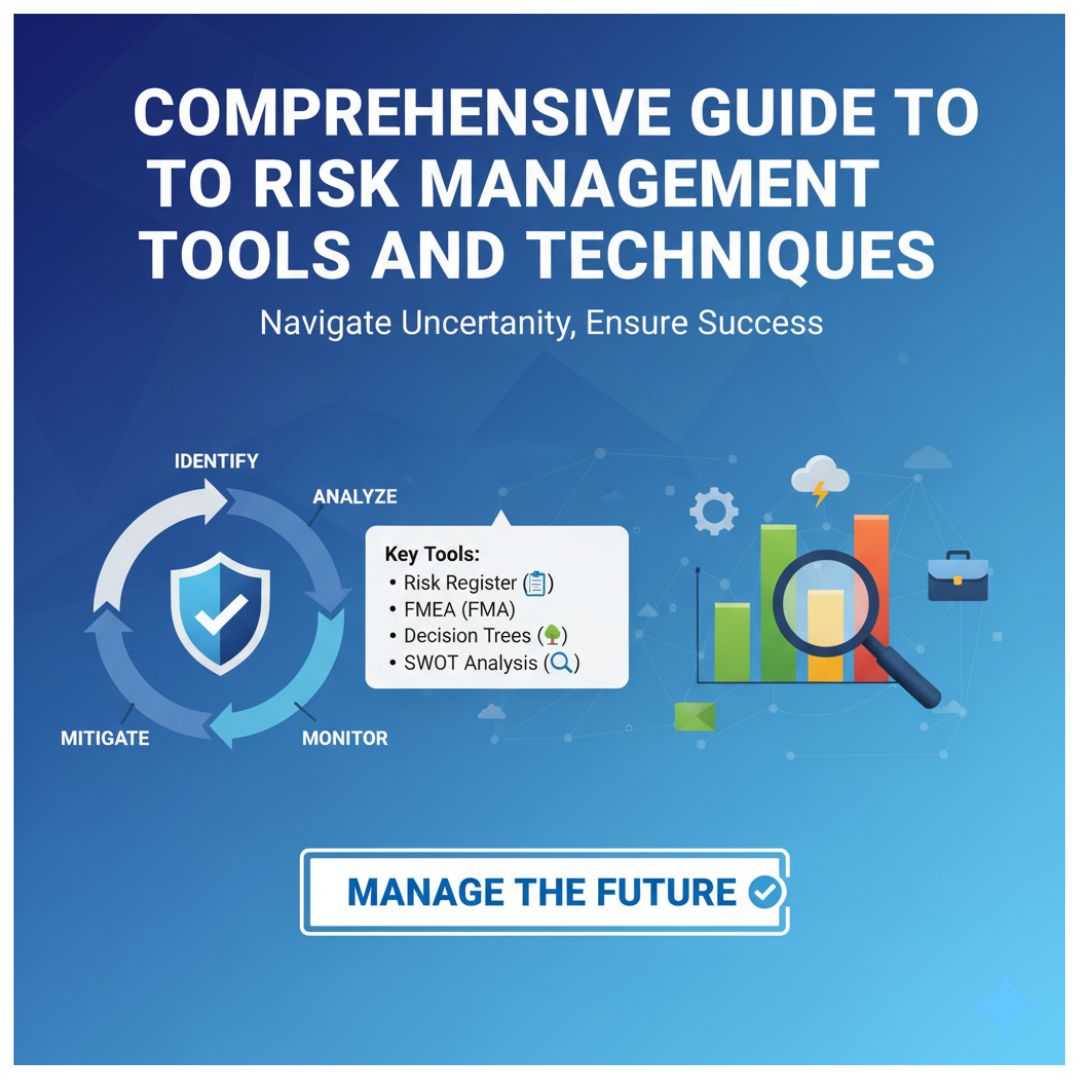


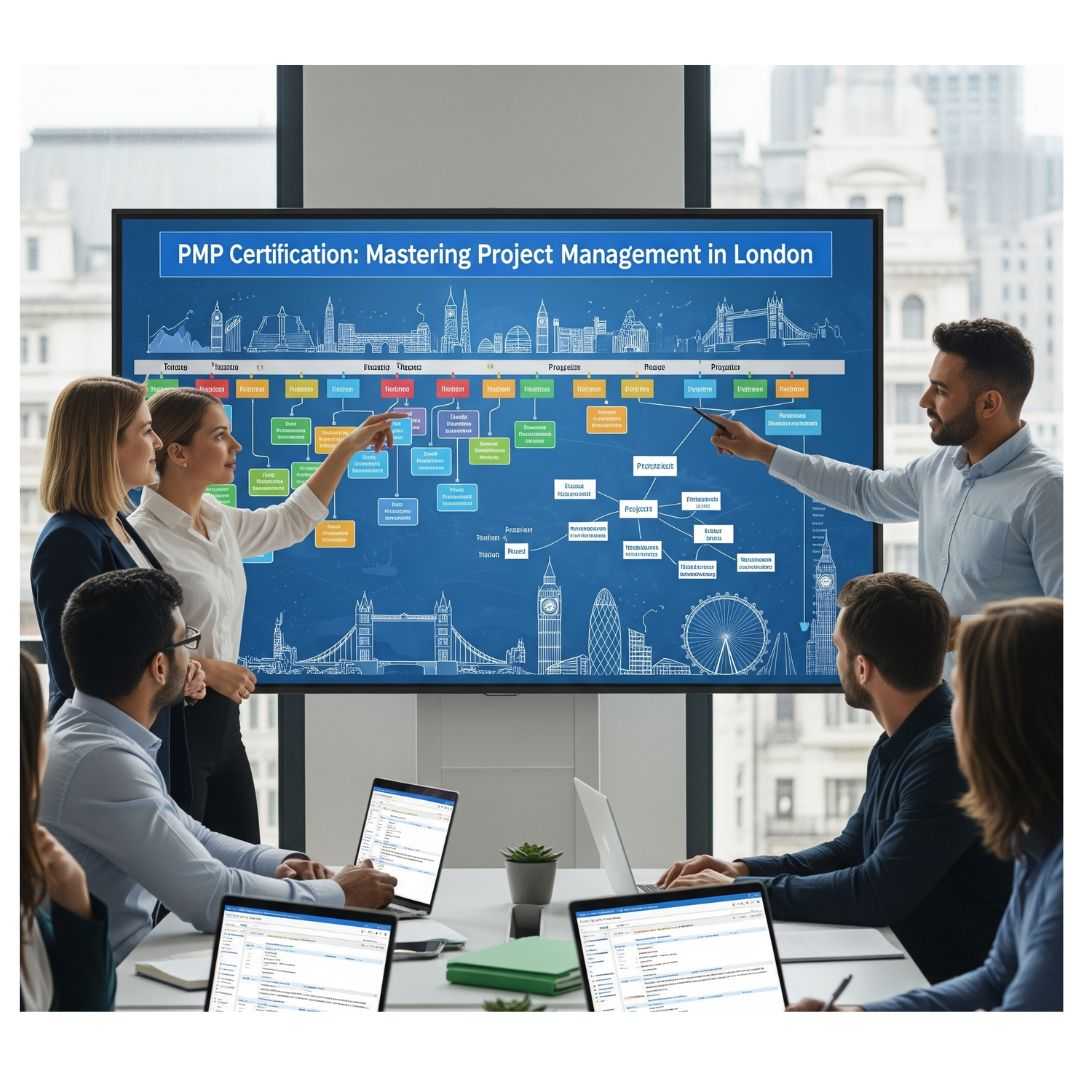






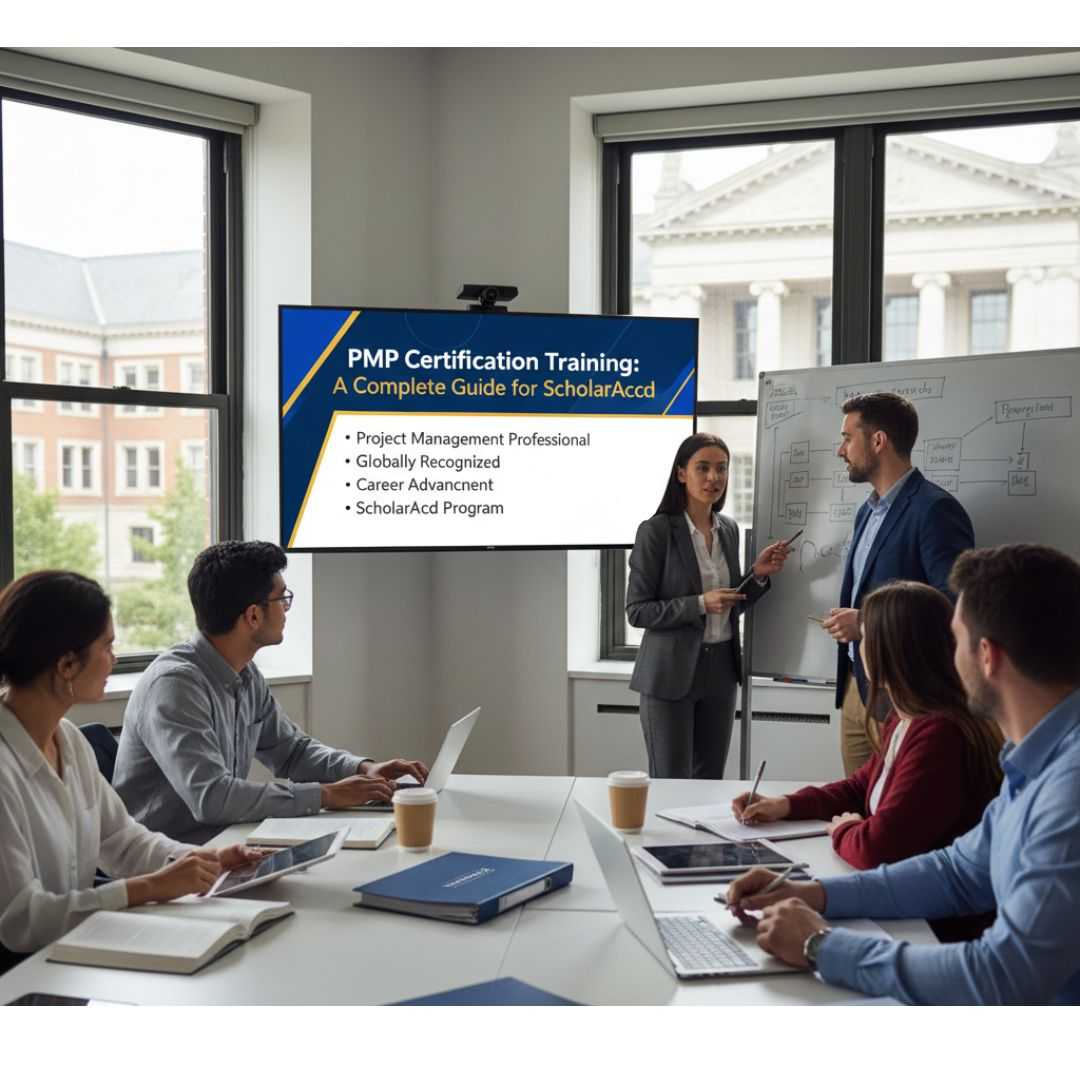
_1756885658_5bde5ece2b6f0dab9403.jpg)
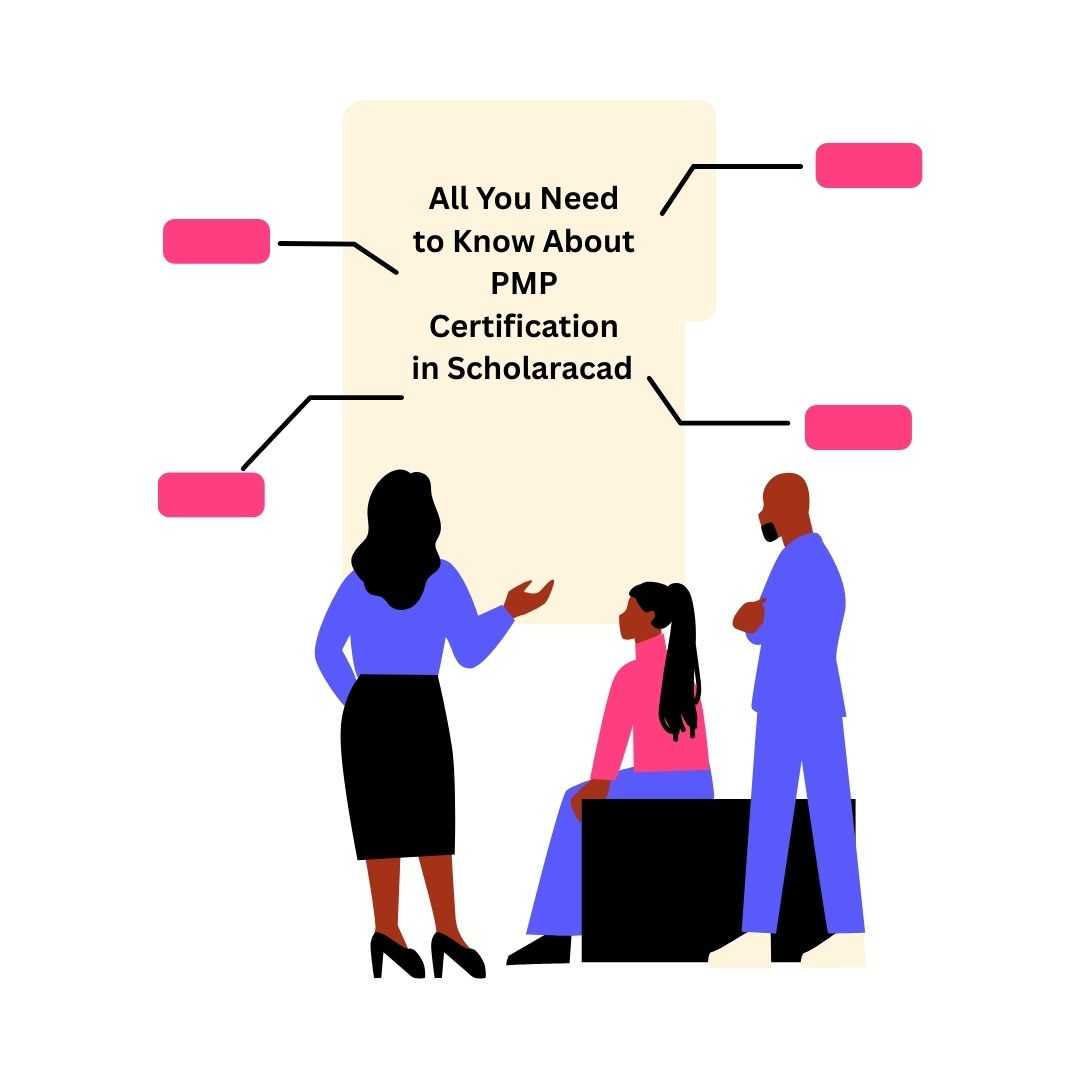
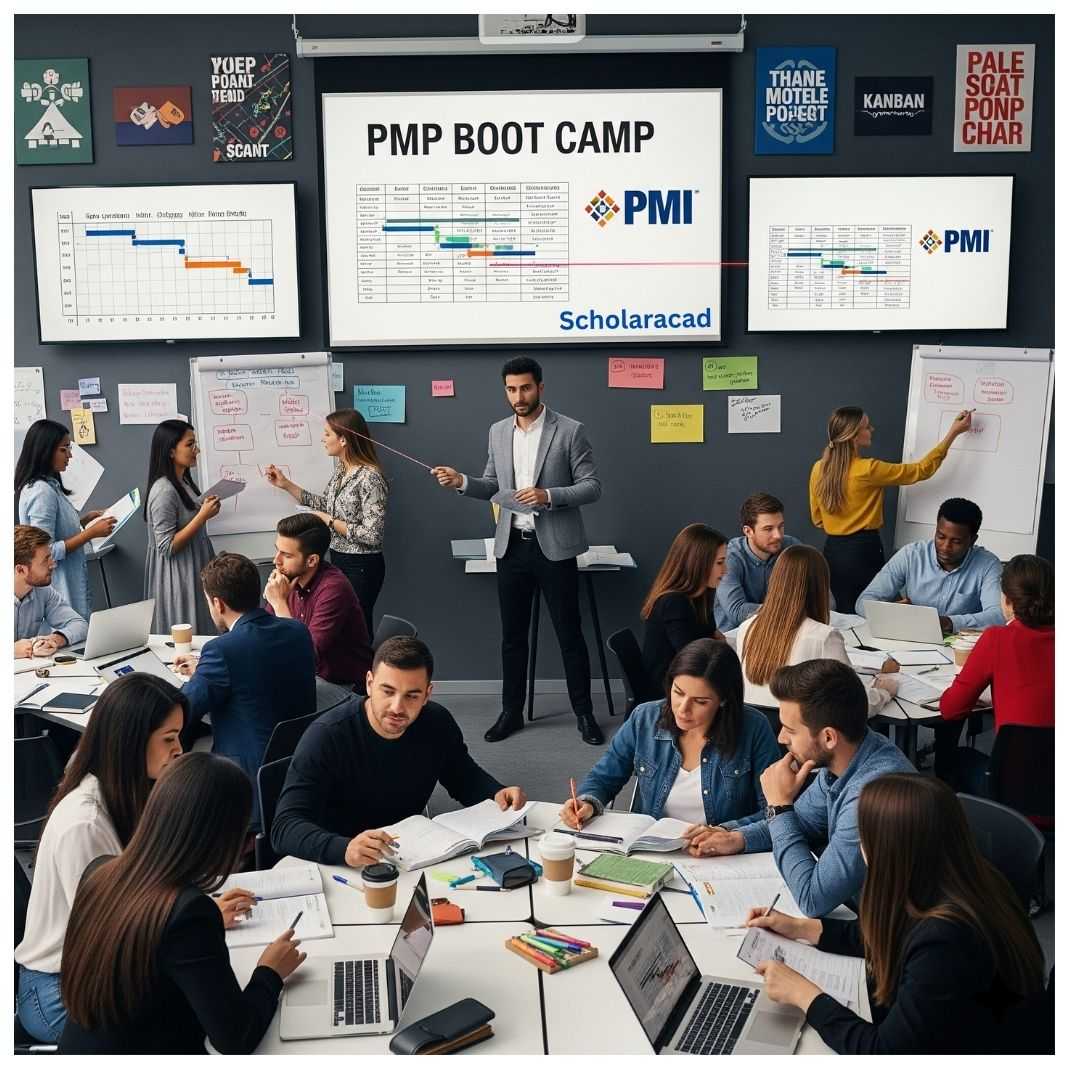

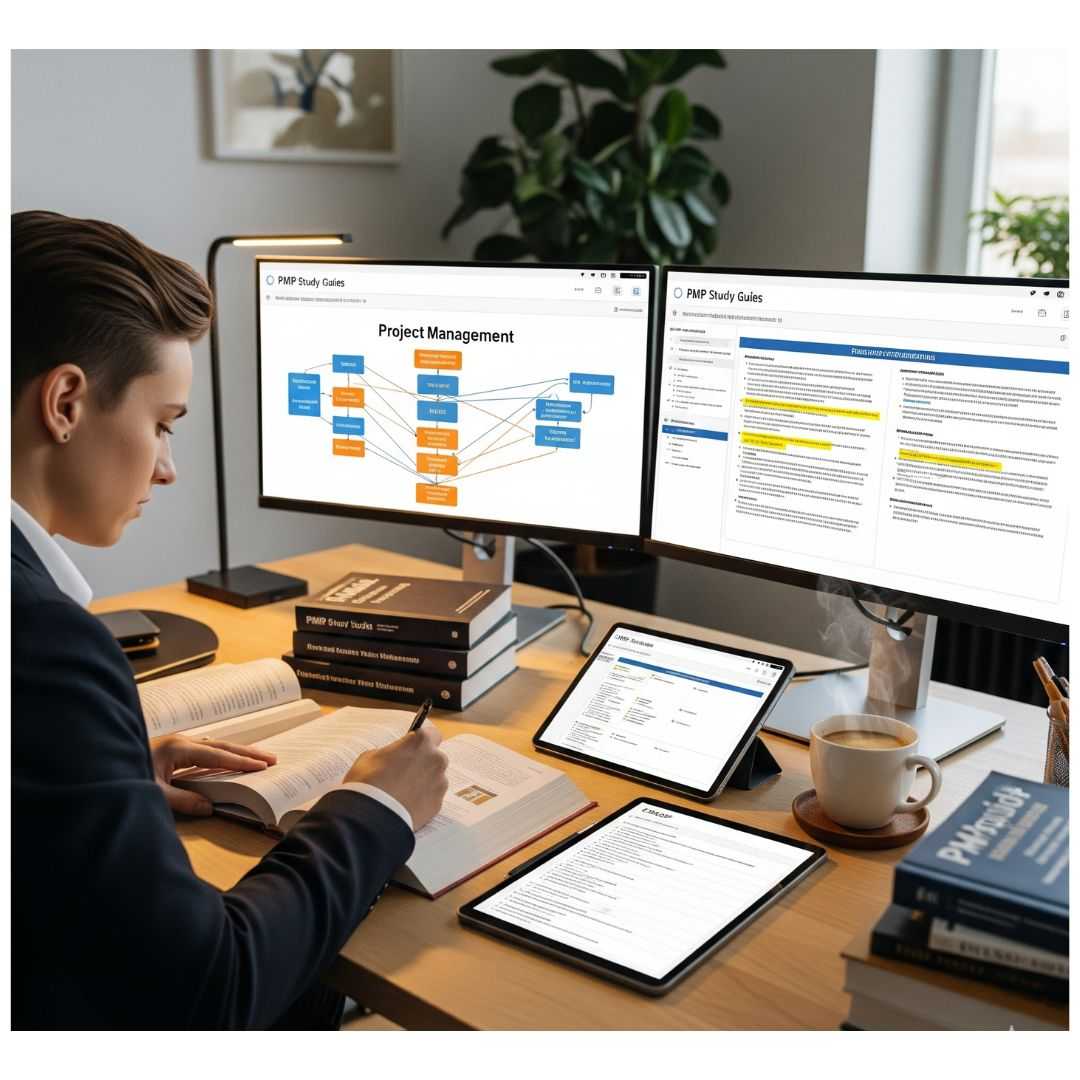


_1756789434_e9e0aac798c1162538f6.jpg)

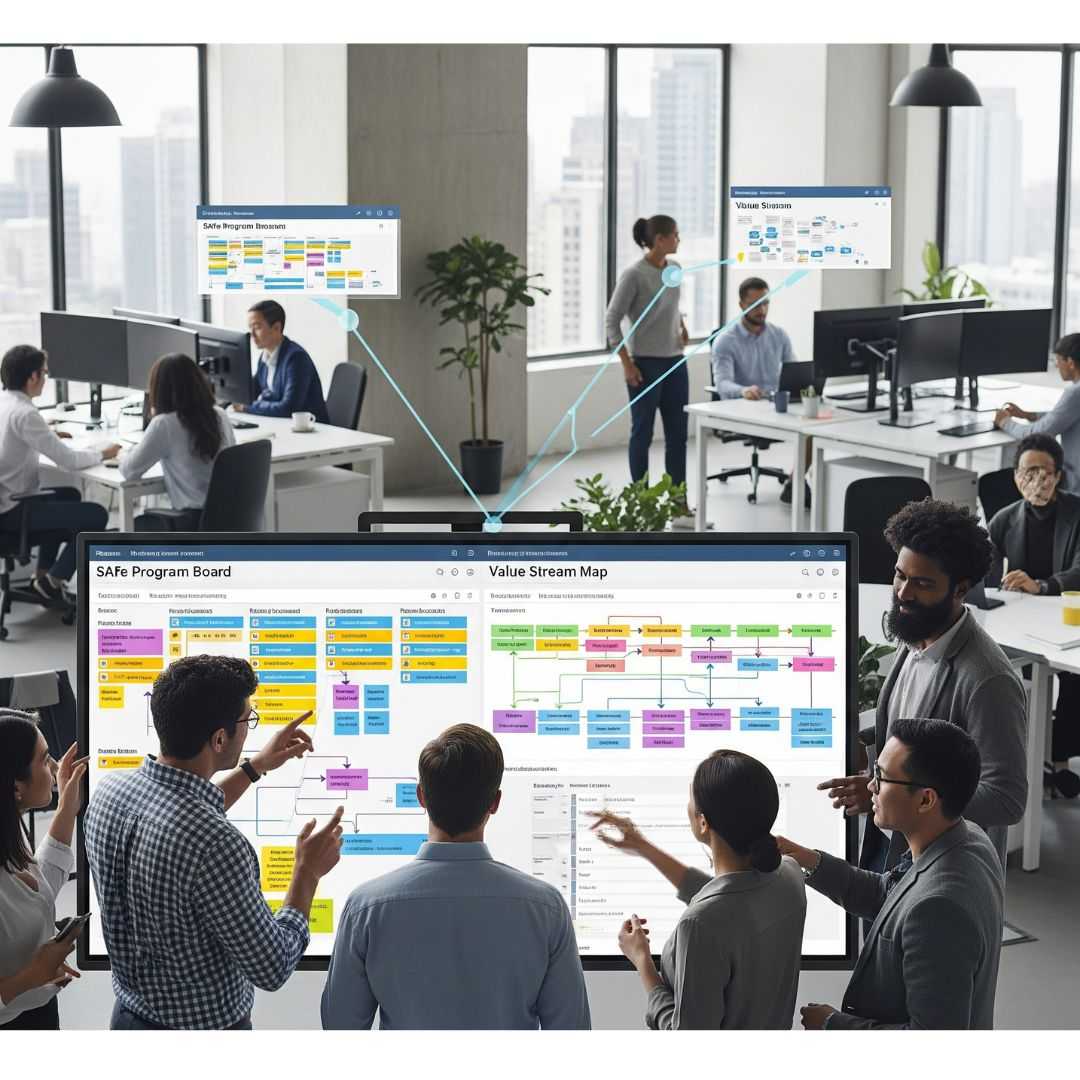






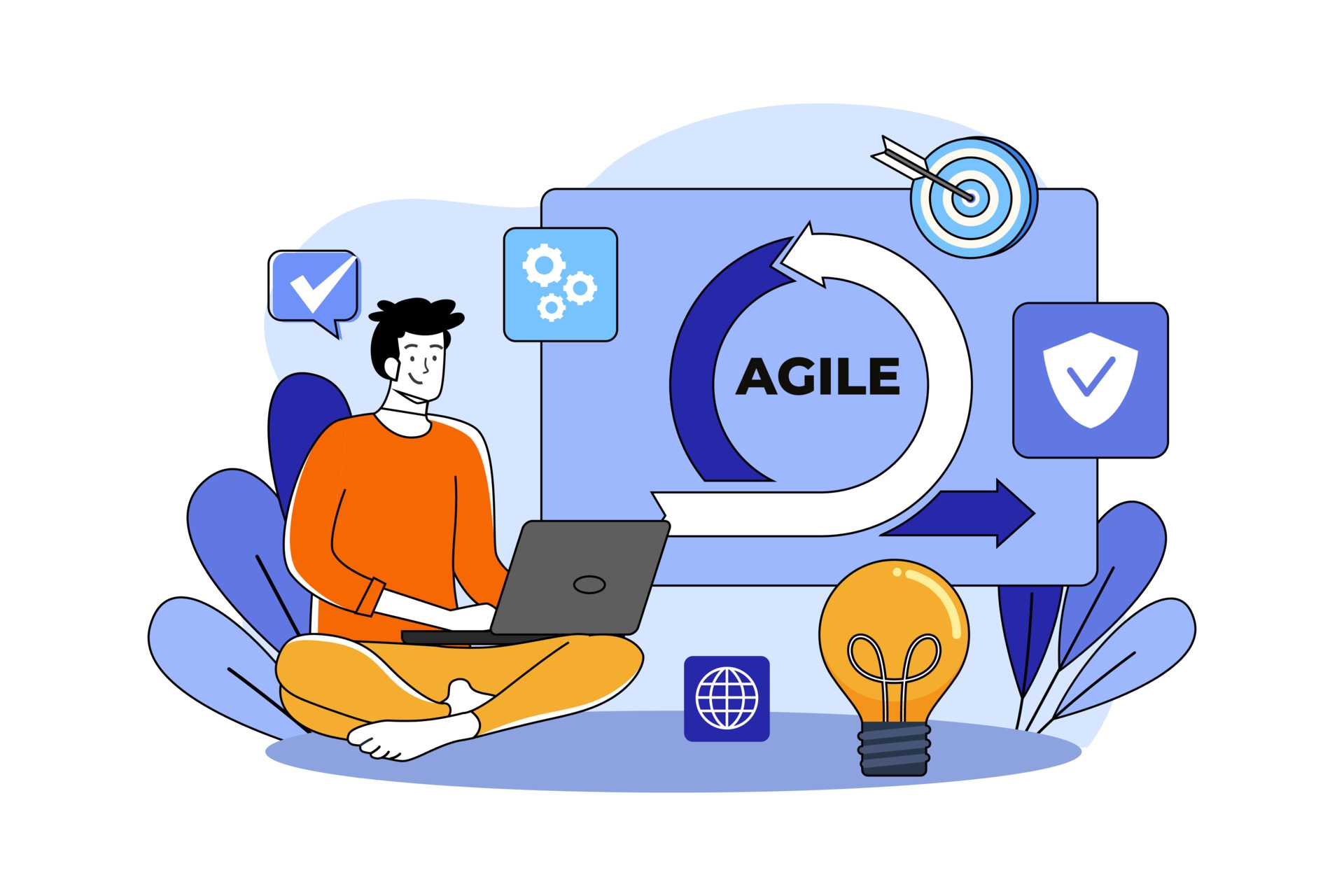



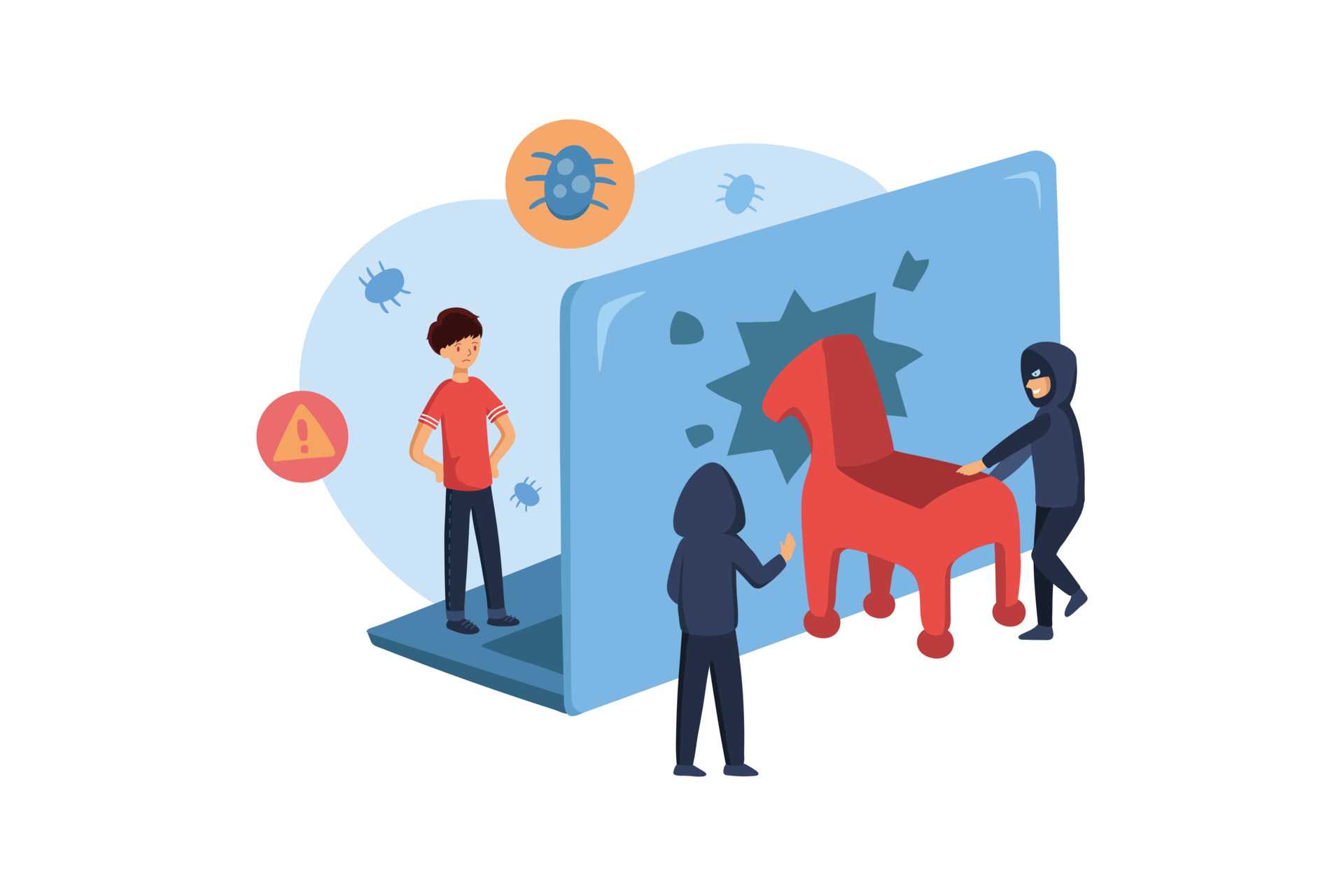



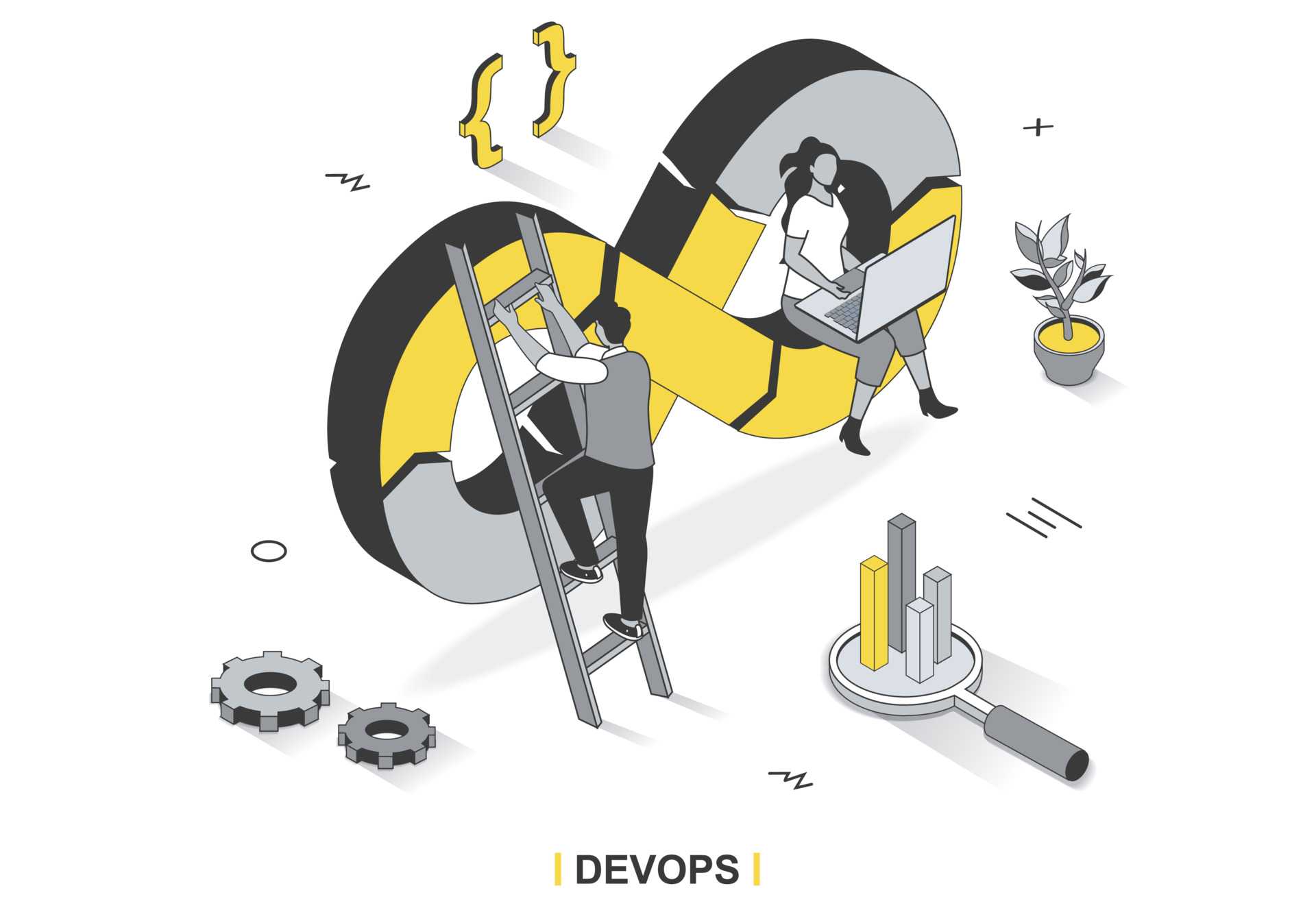
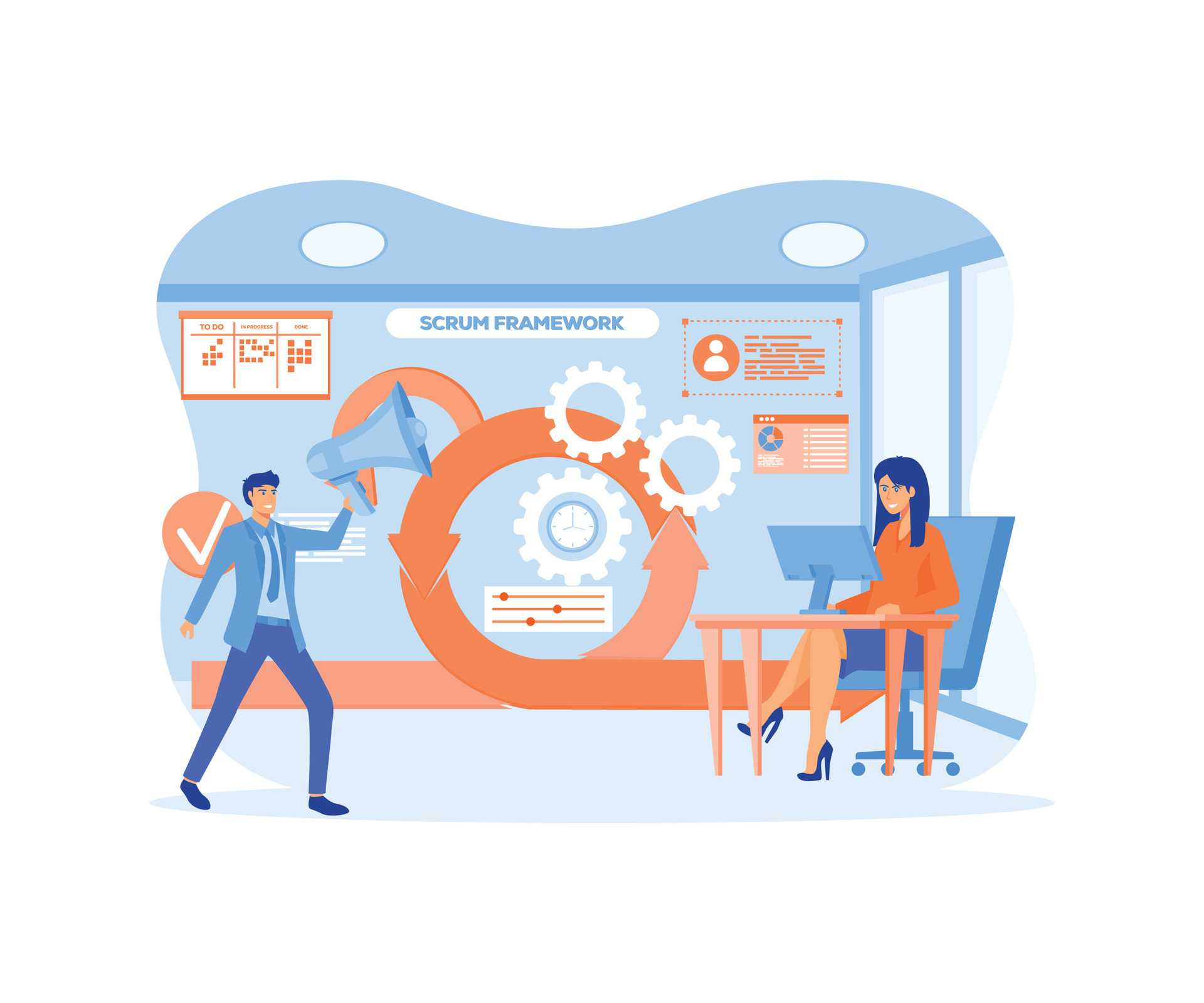


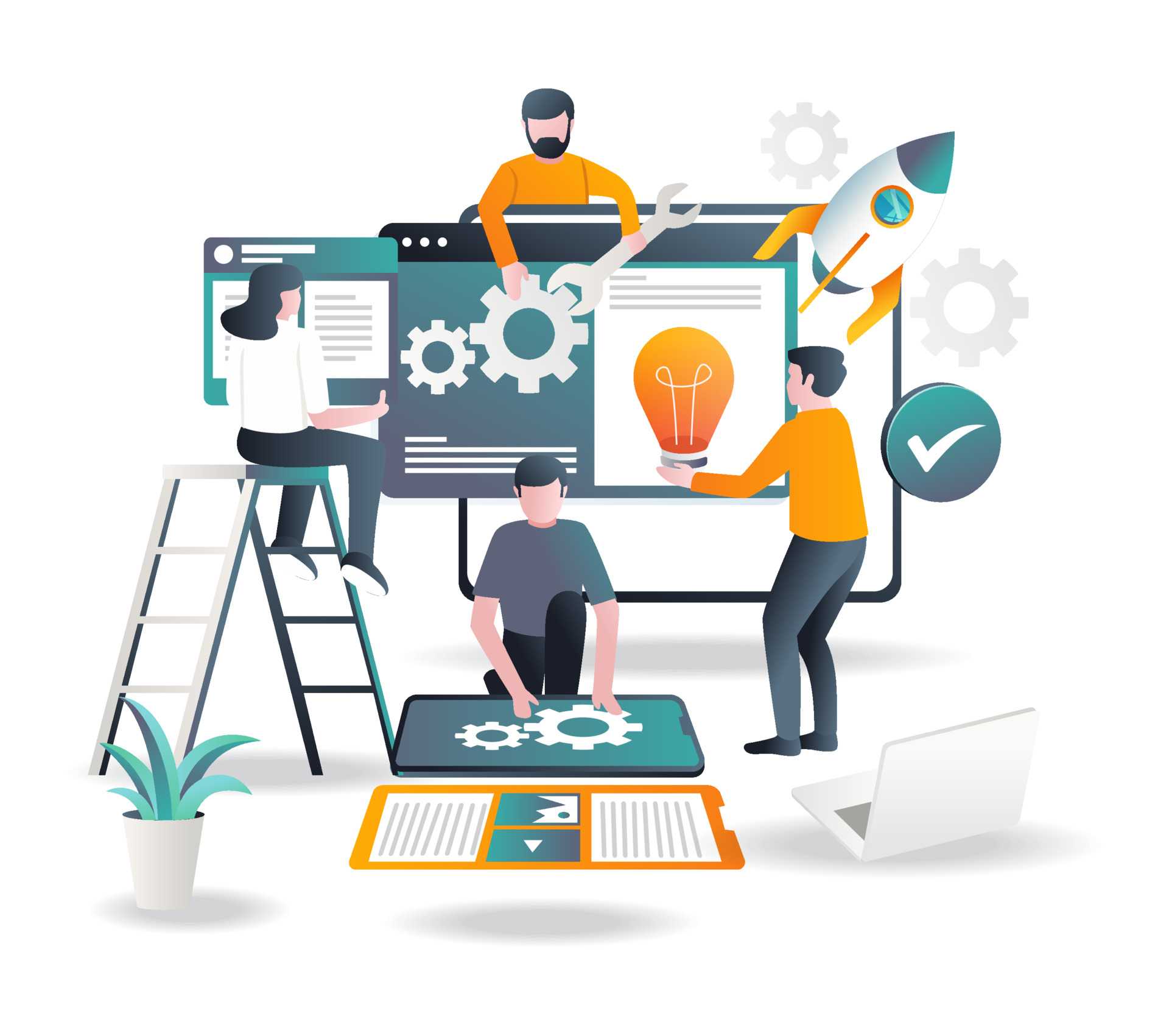


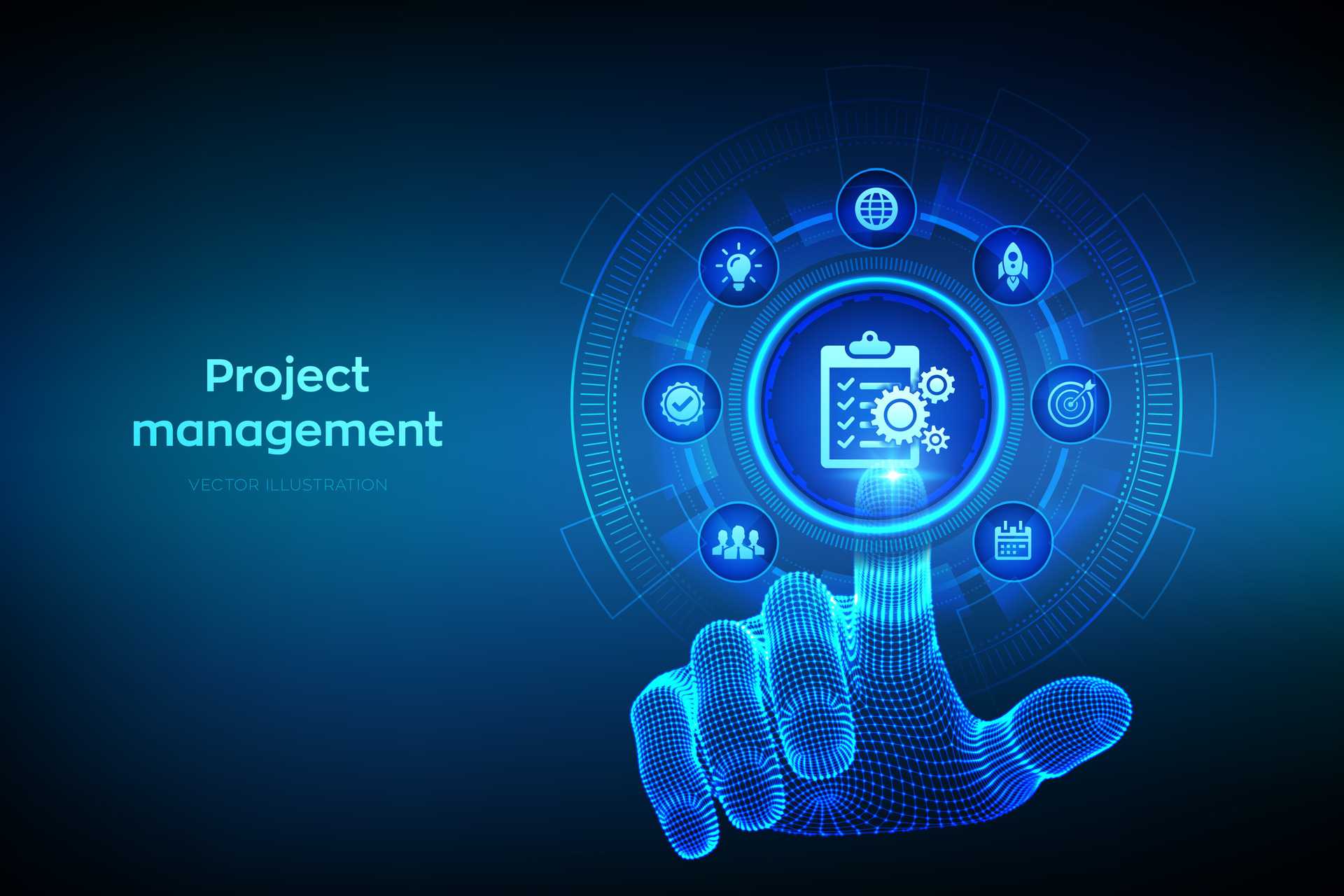

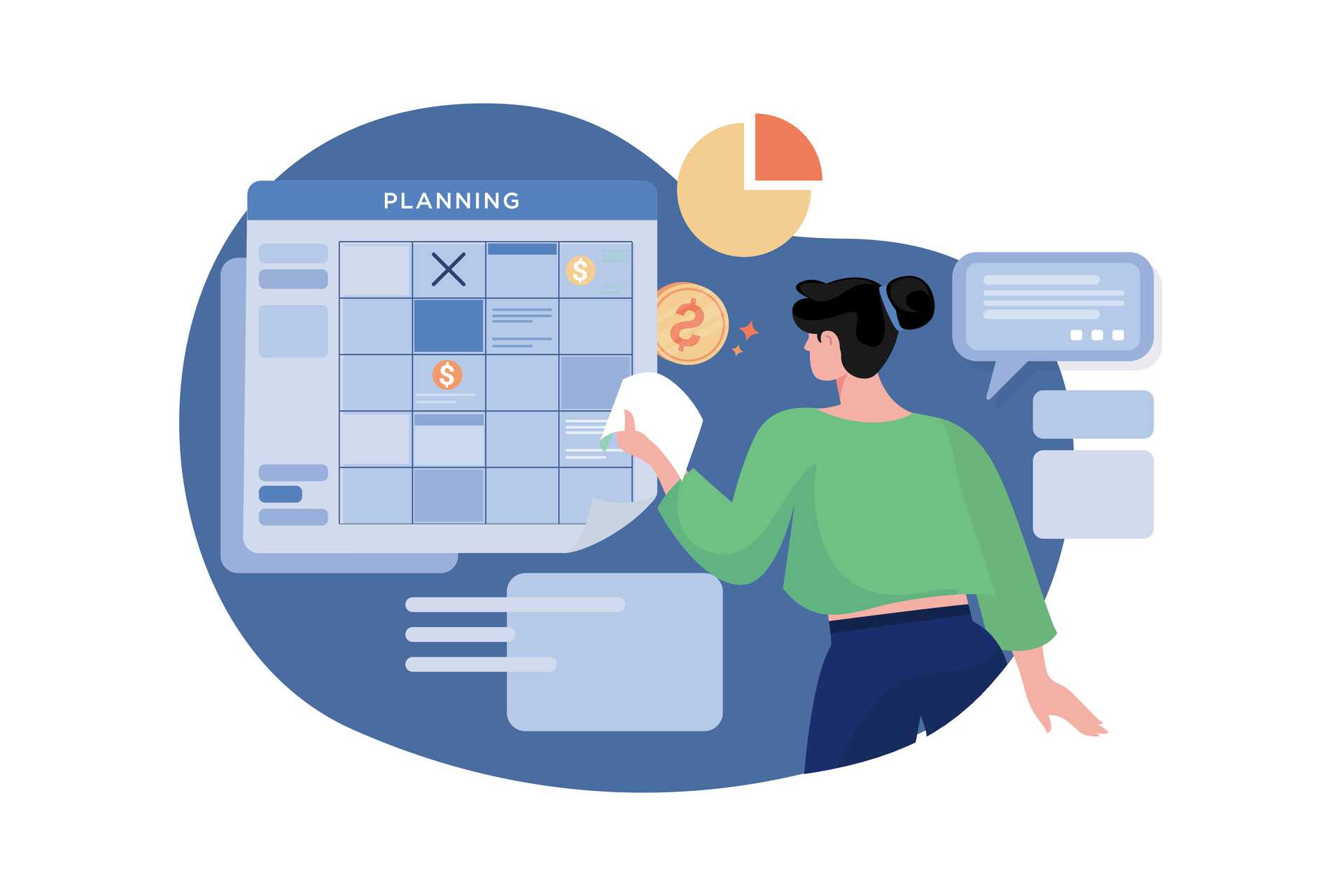



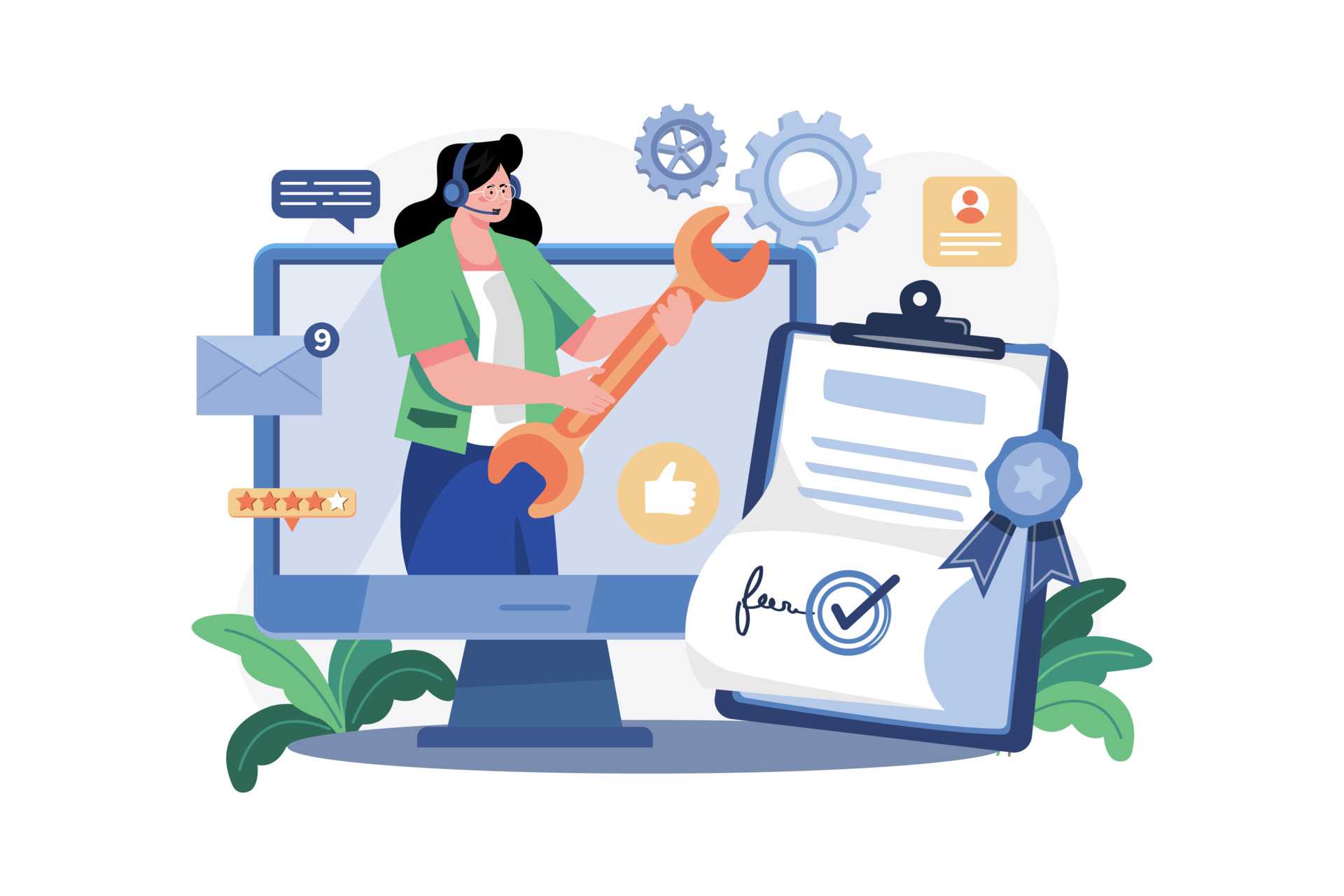




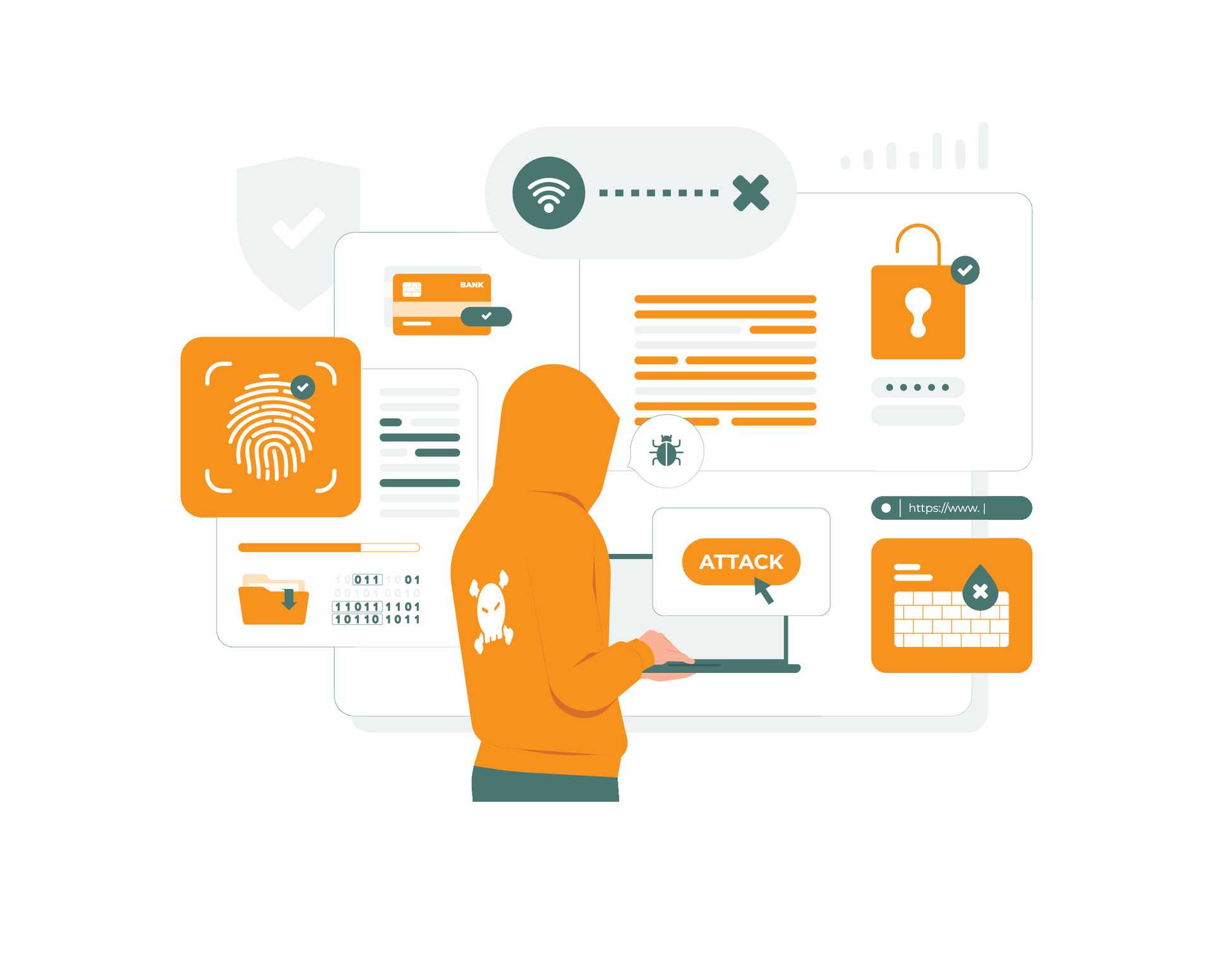








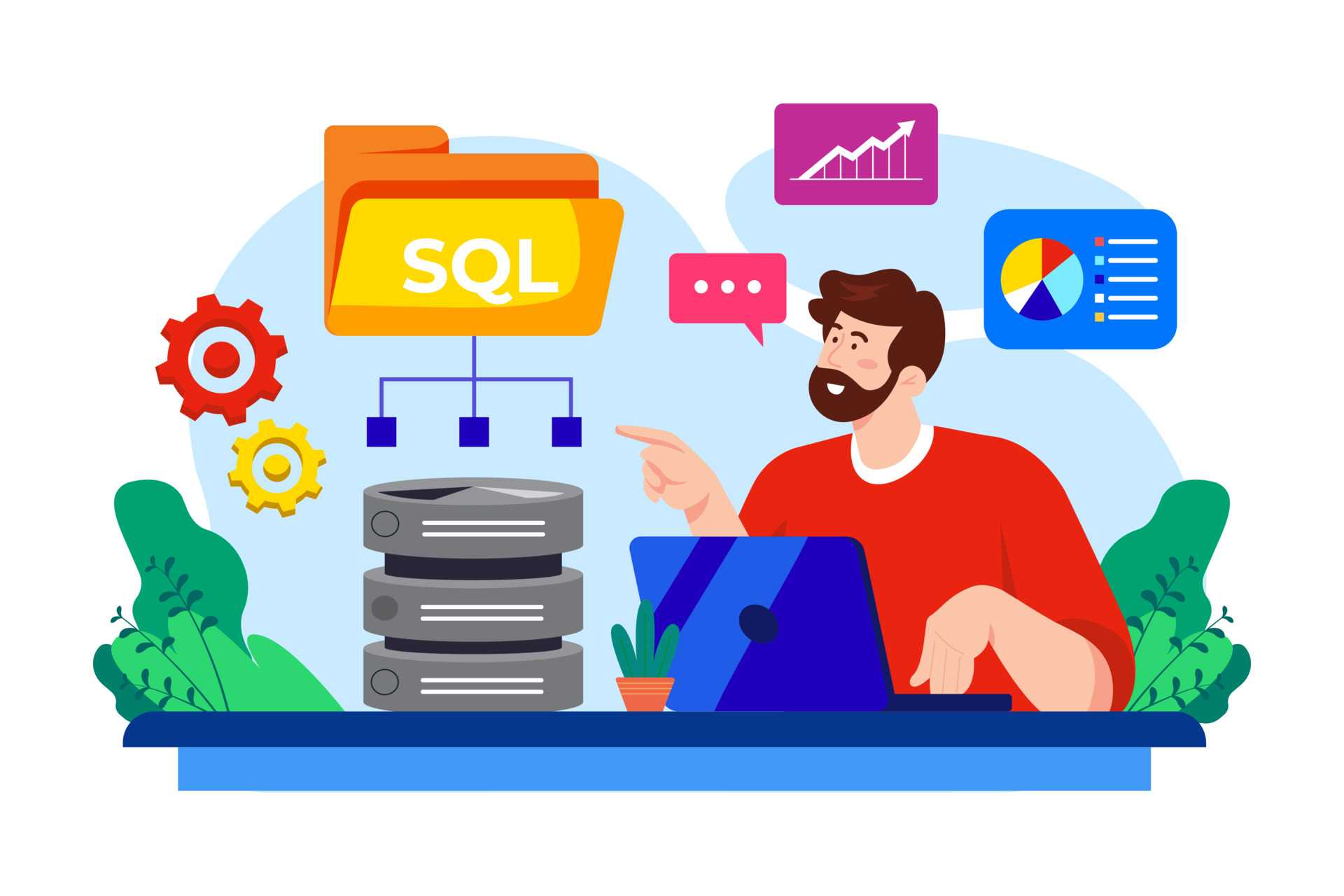











_1718198115_3e80b2ee31b234c26728.png)




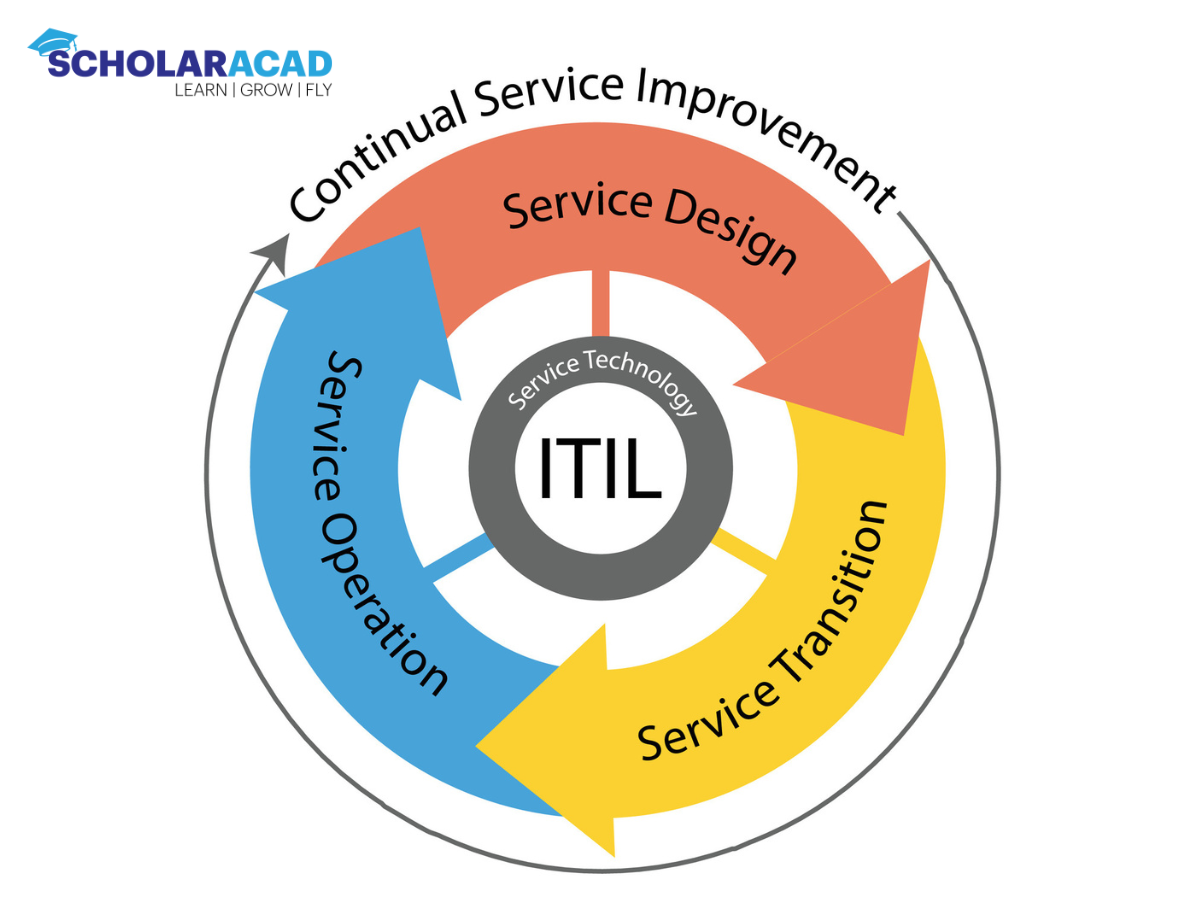



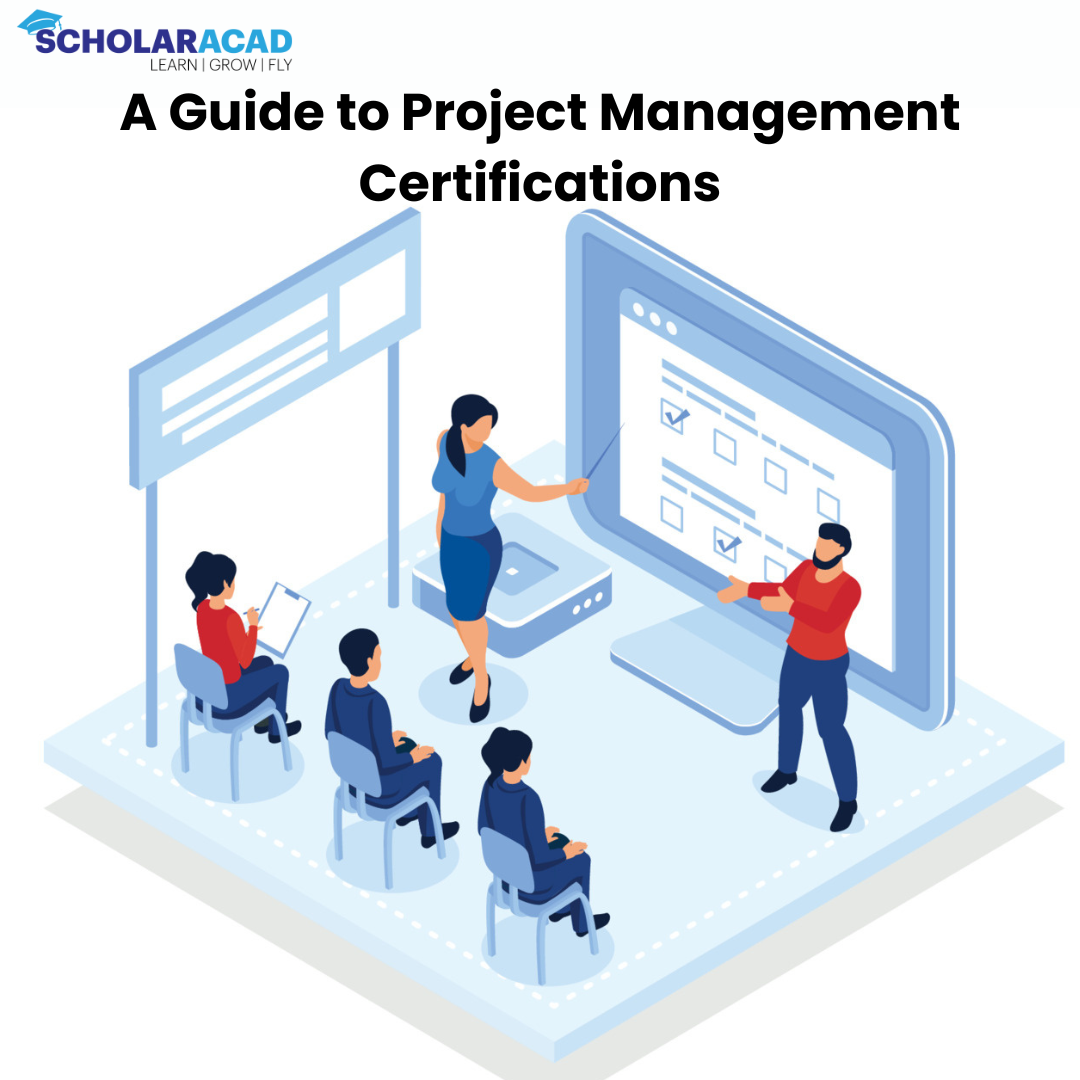
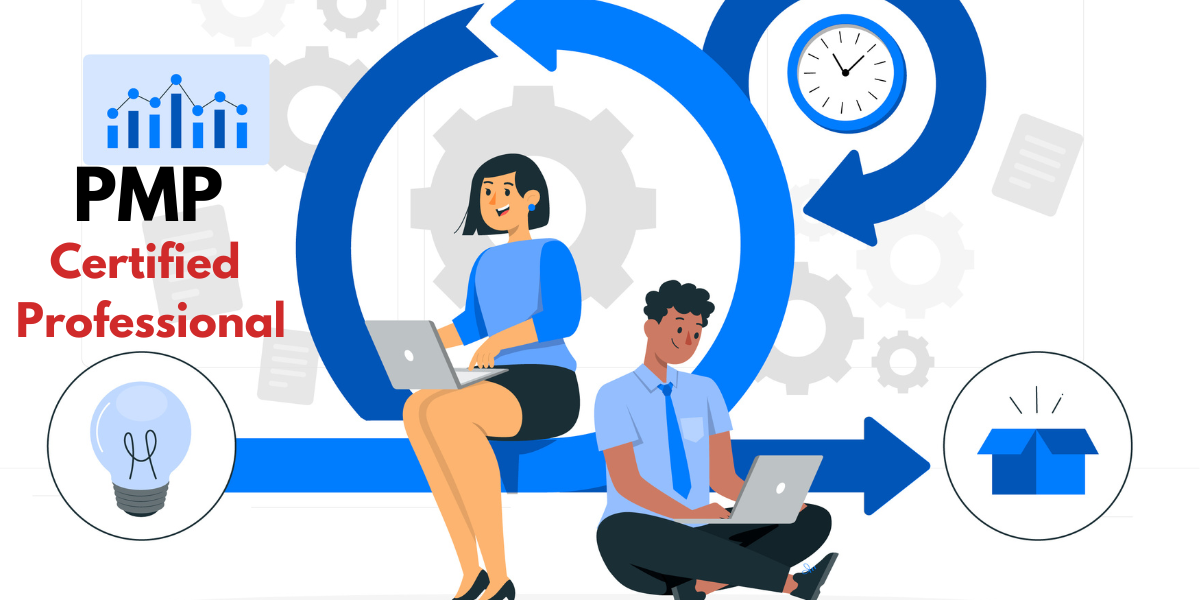
_1715671737_078967910384216bd6b3.jpg)






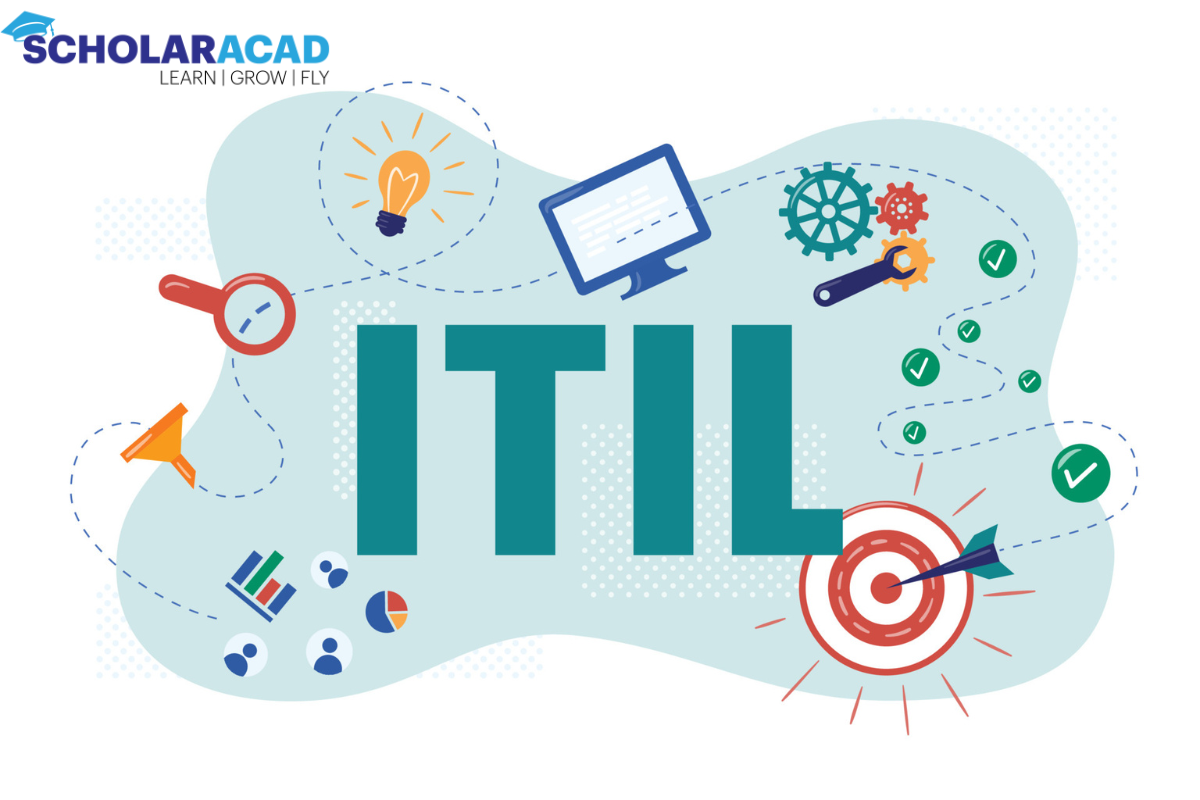


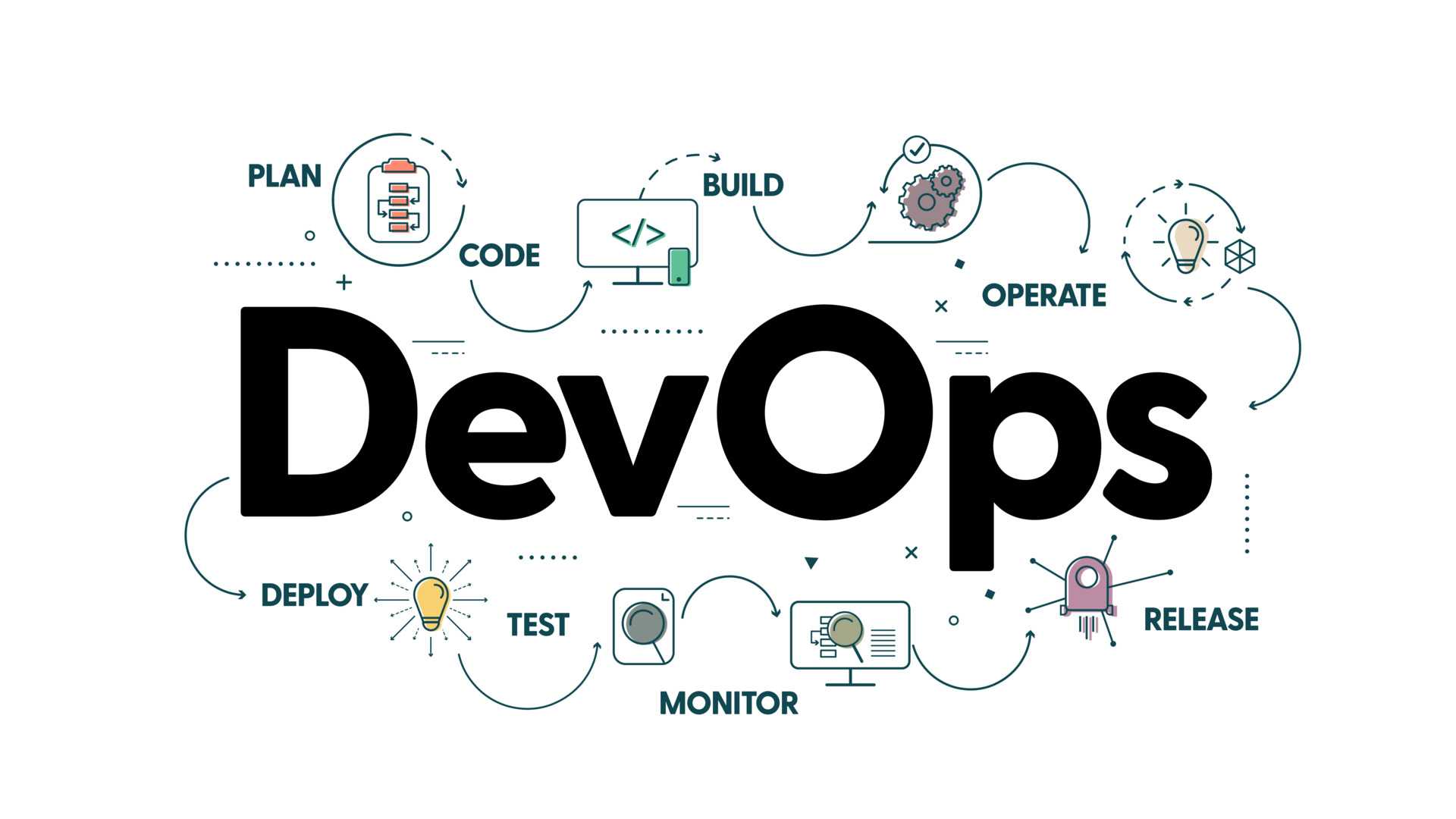
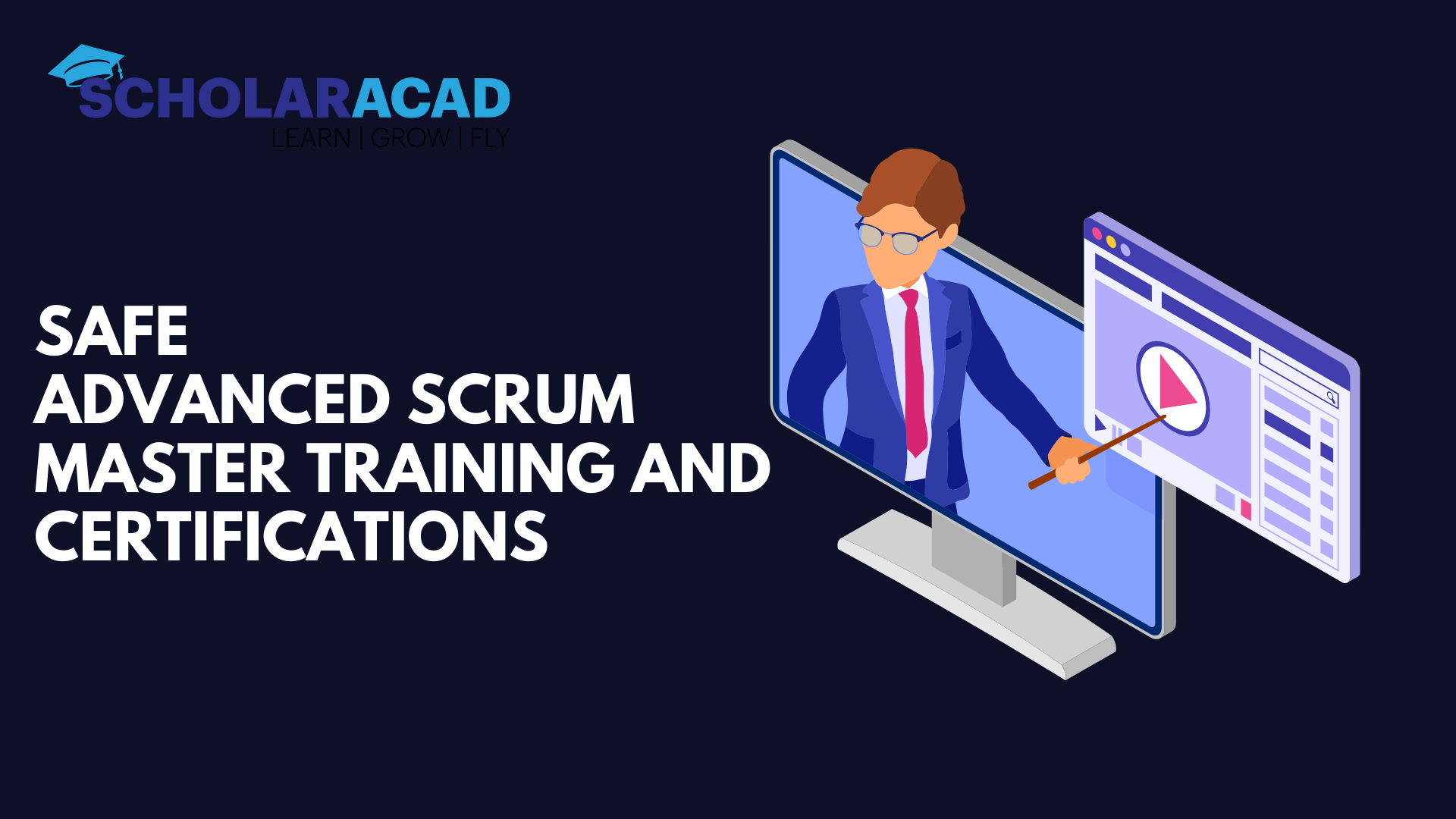
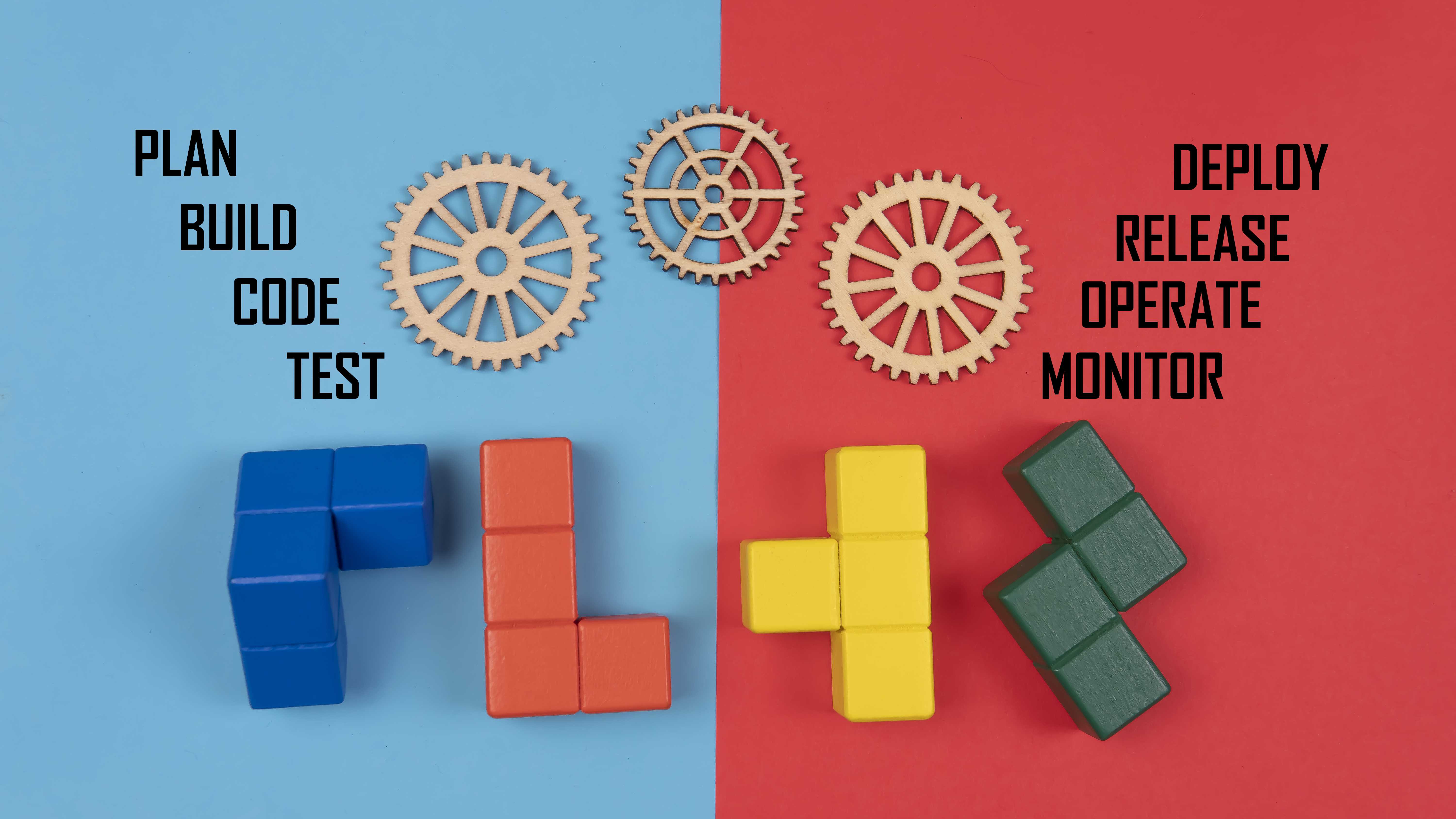
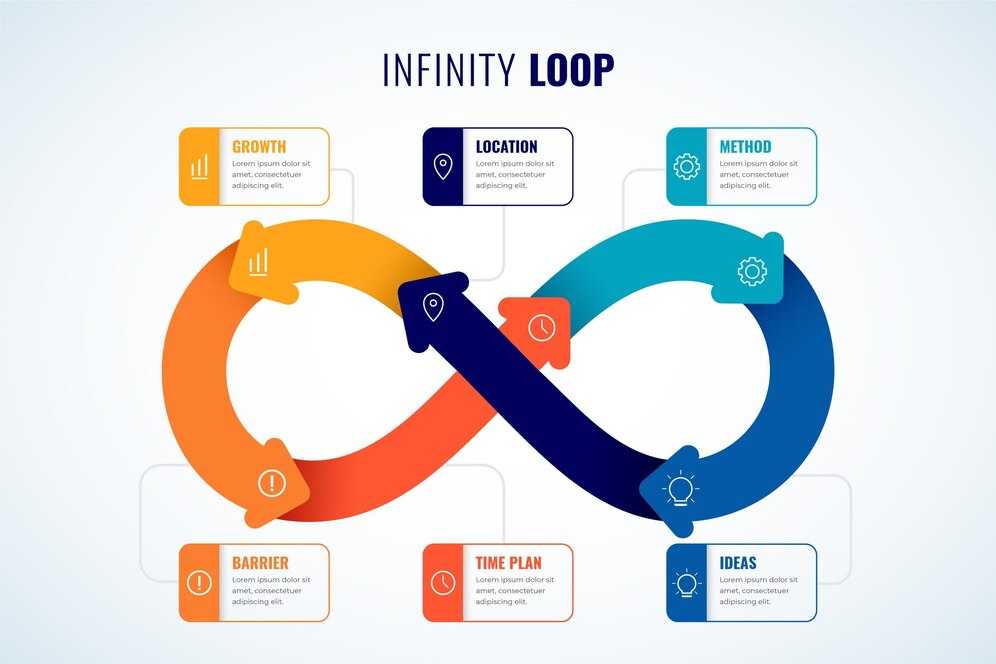
_1712044840_c07a78ec6a0a9aaf68f2.jpg)
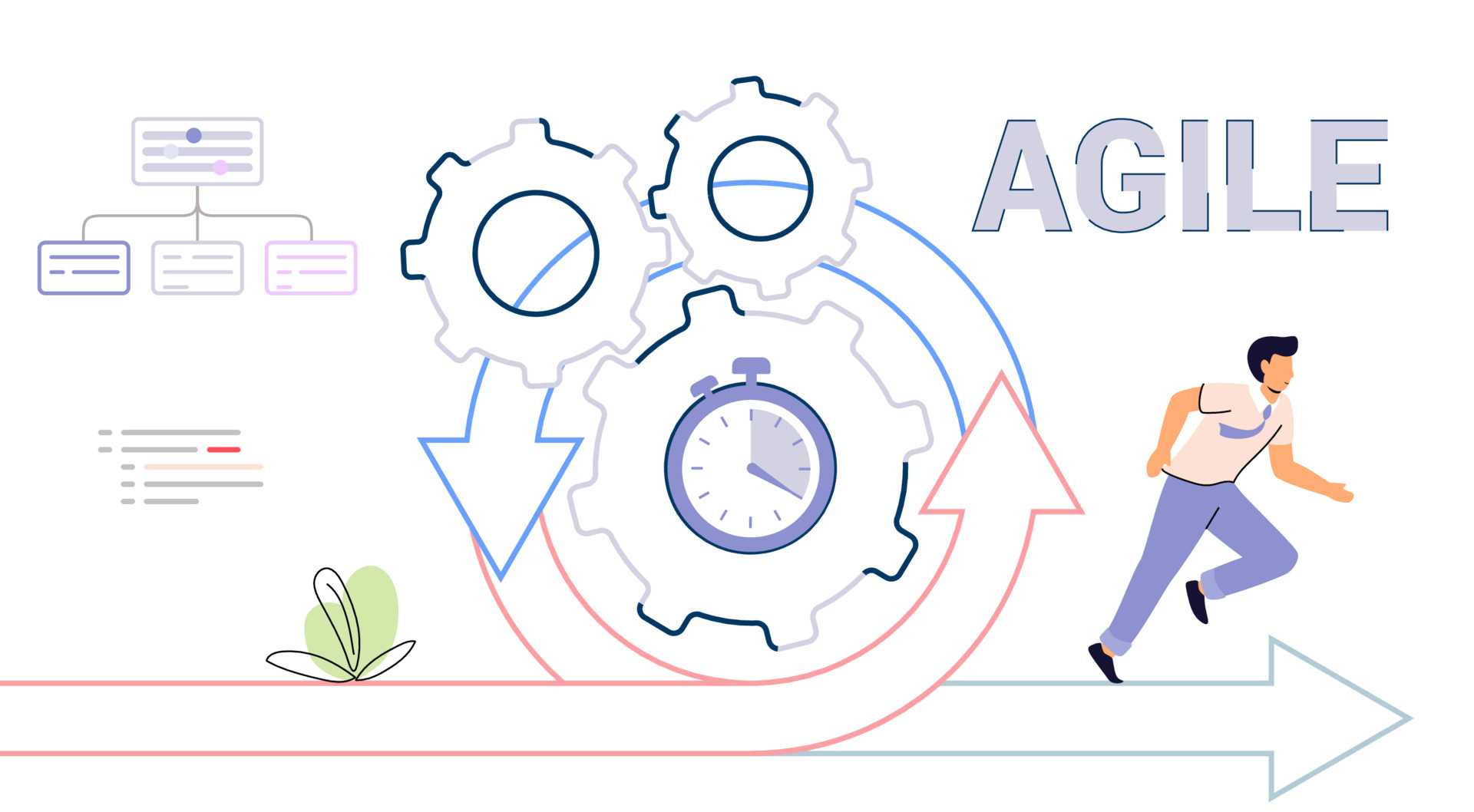

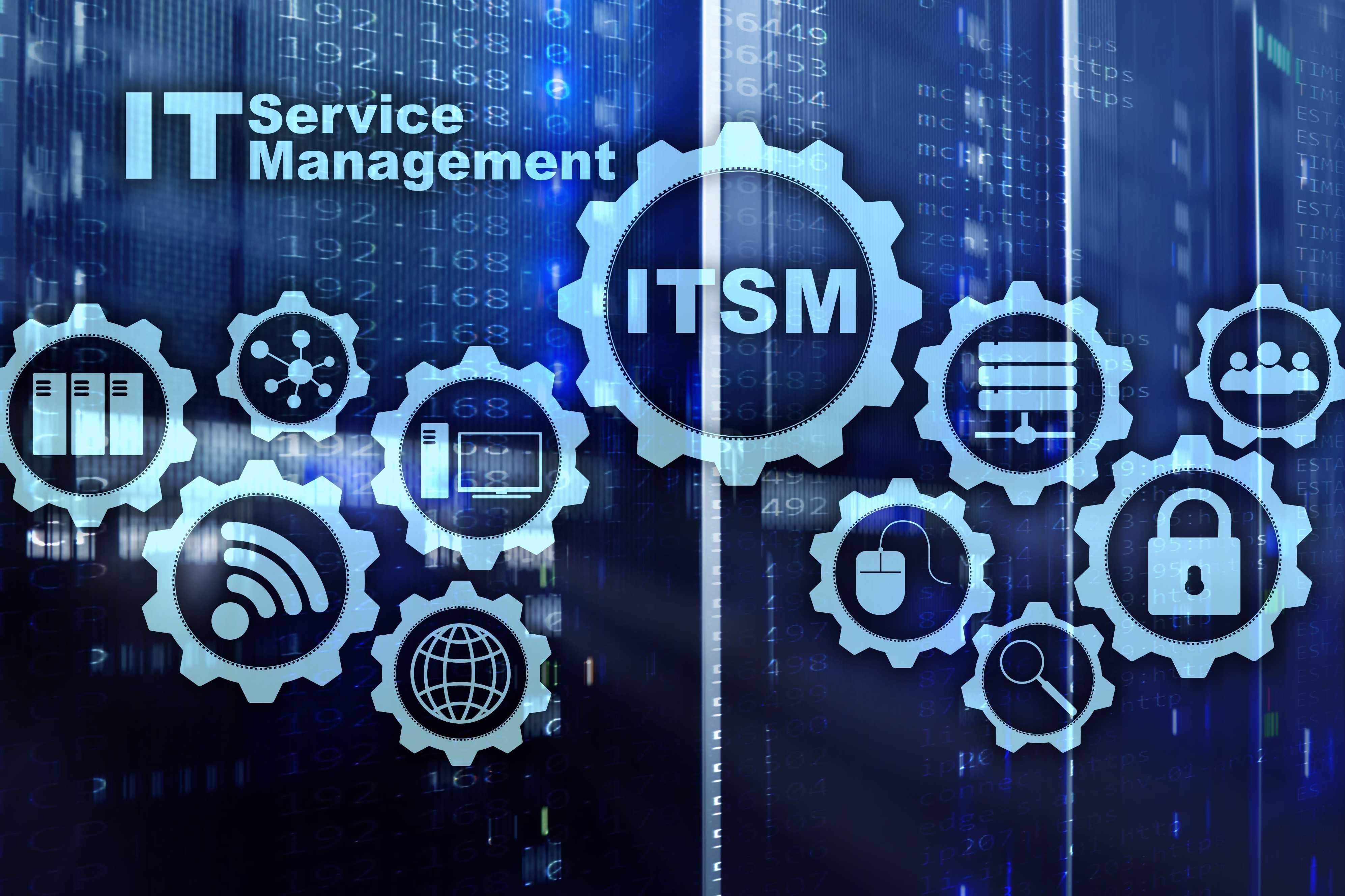

_1701798801_c3b578871fef398593a2.jpg)






Copyright © 2025. All rights reserved by Scholaracad
